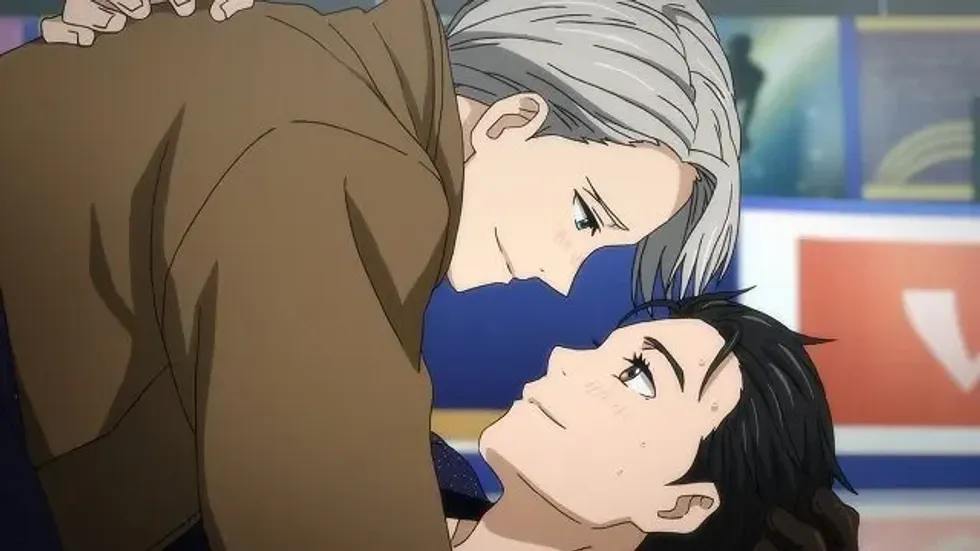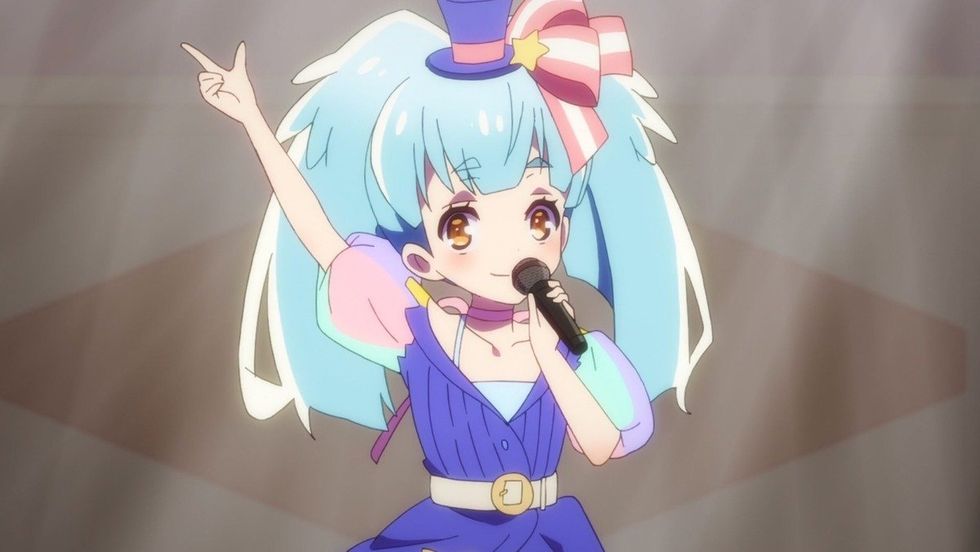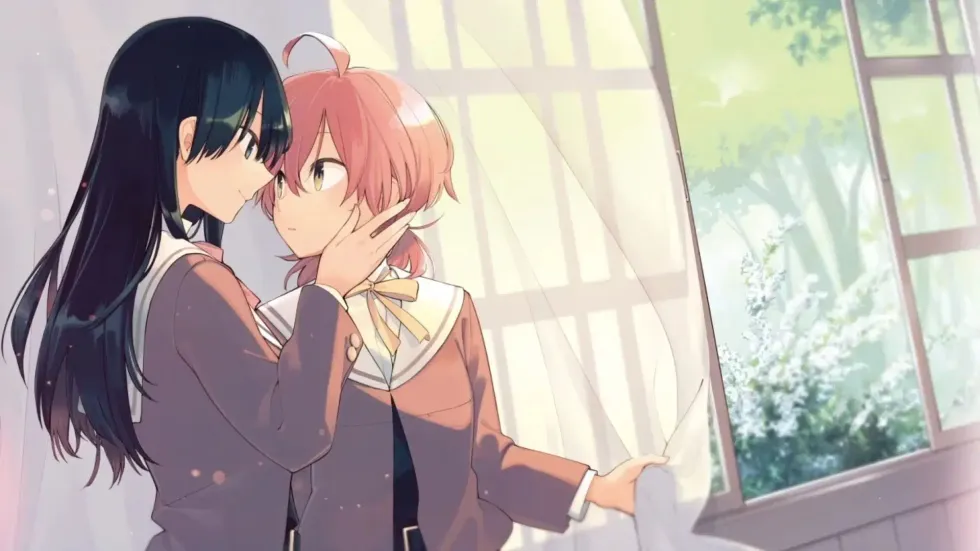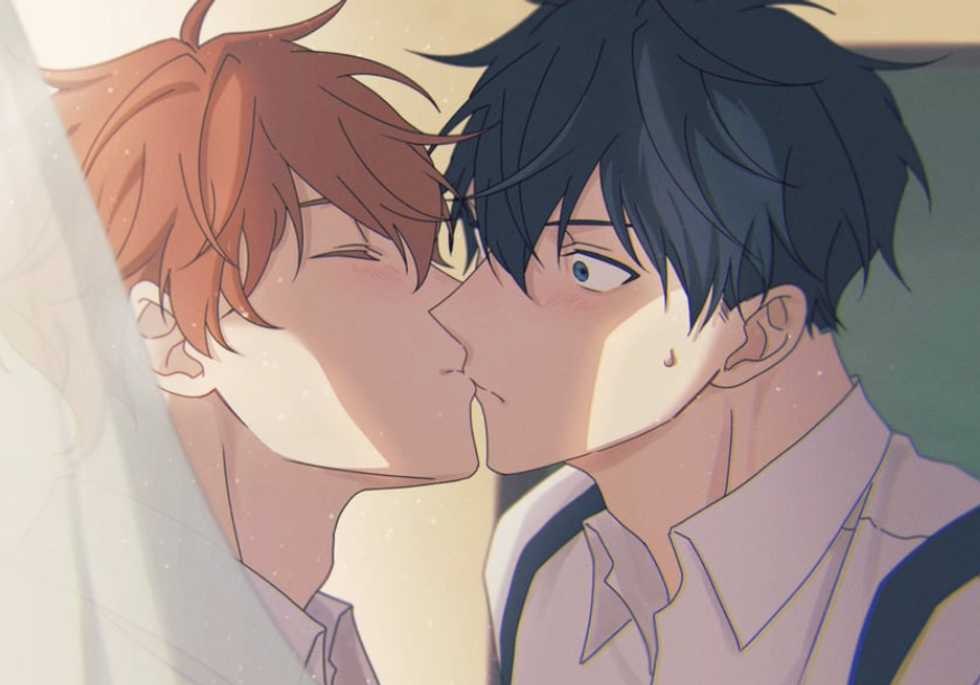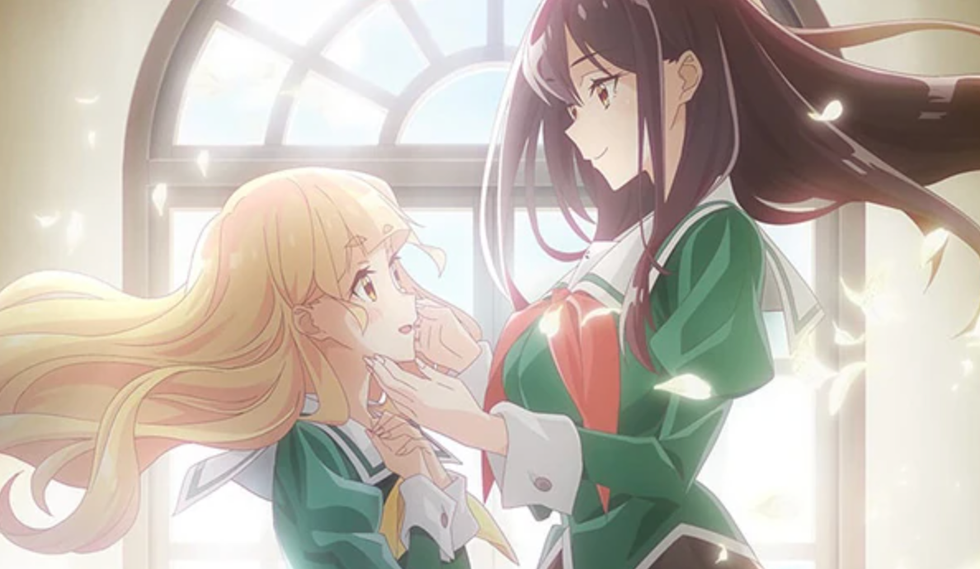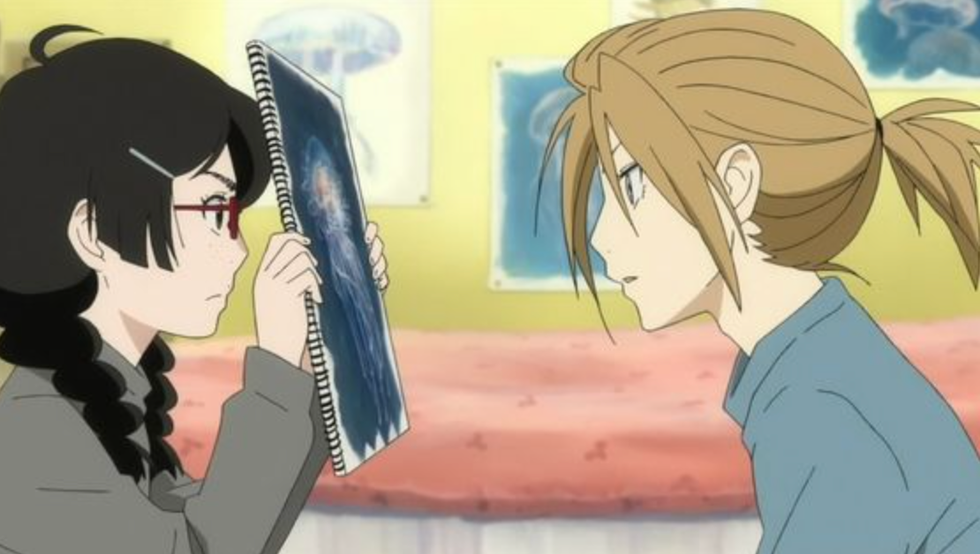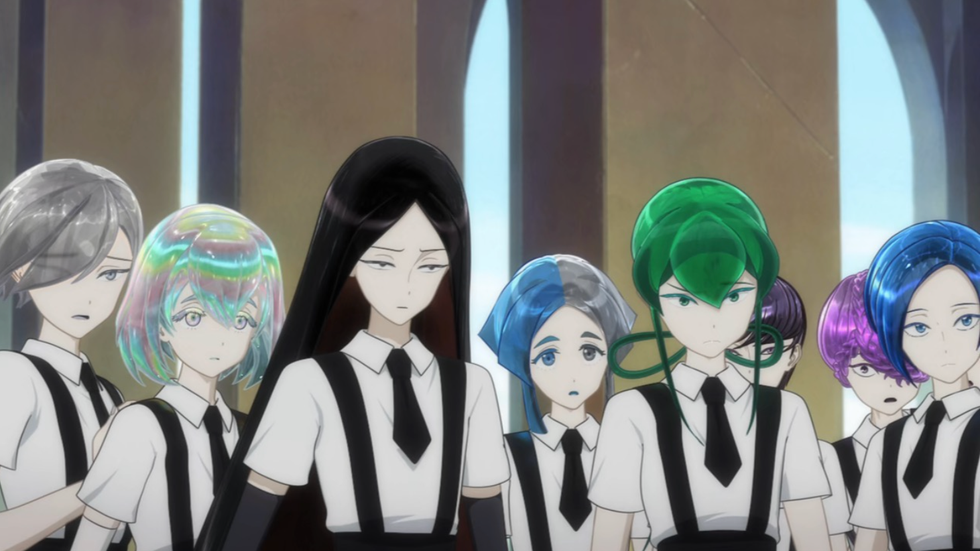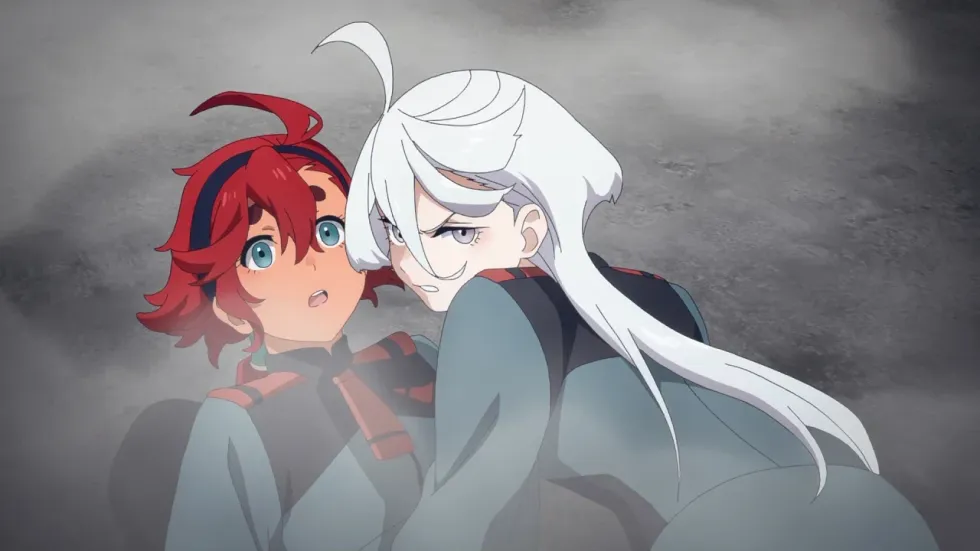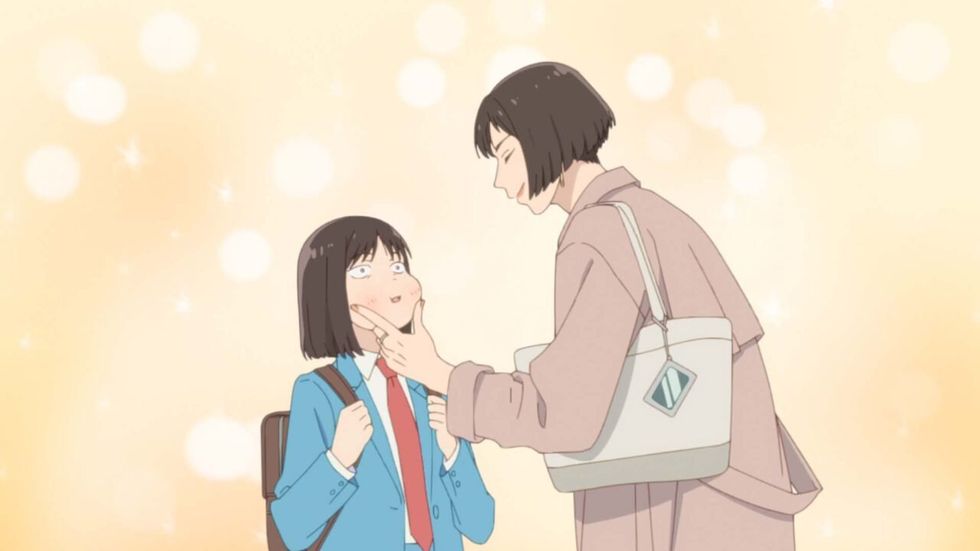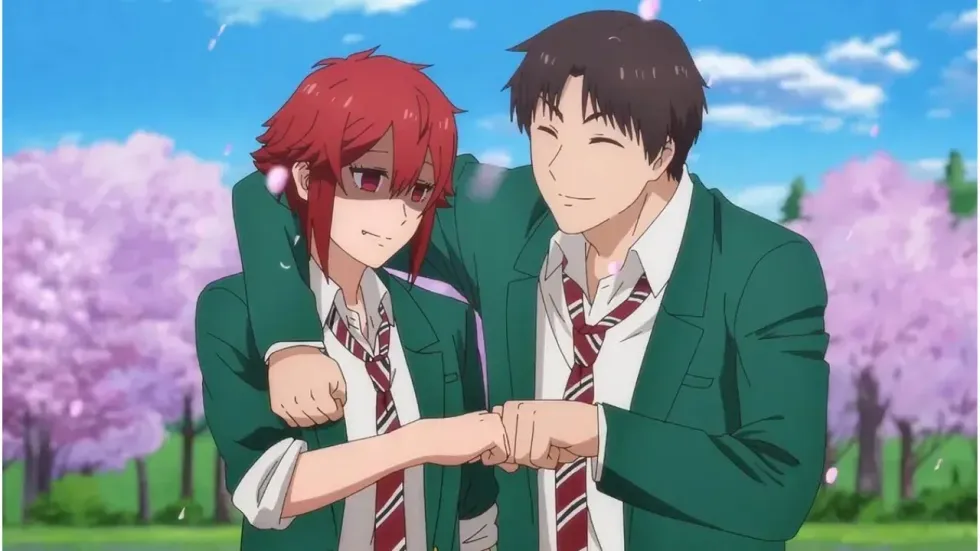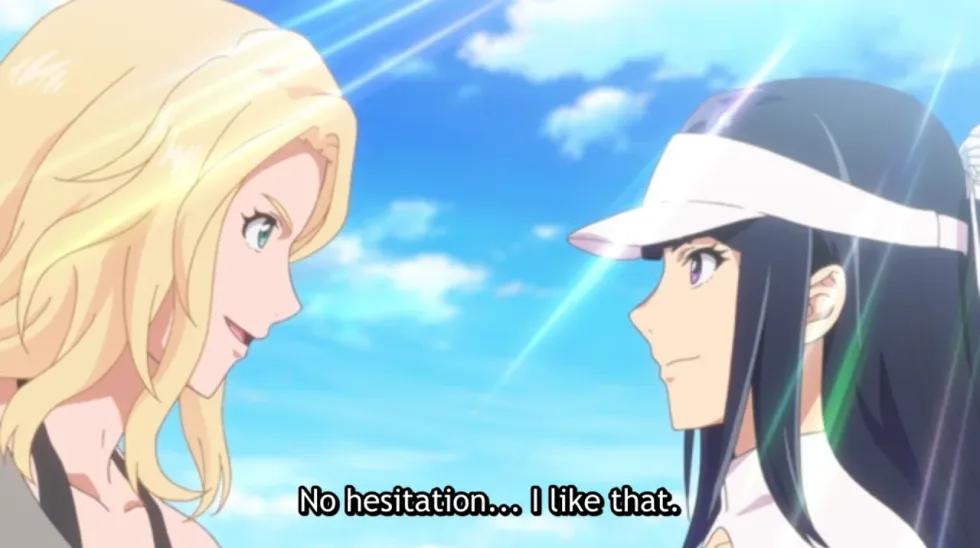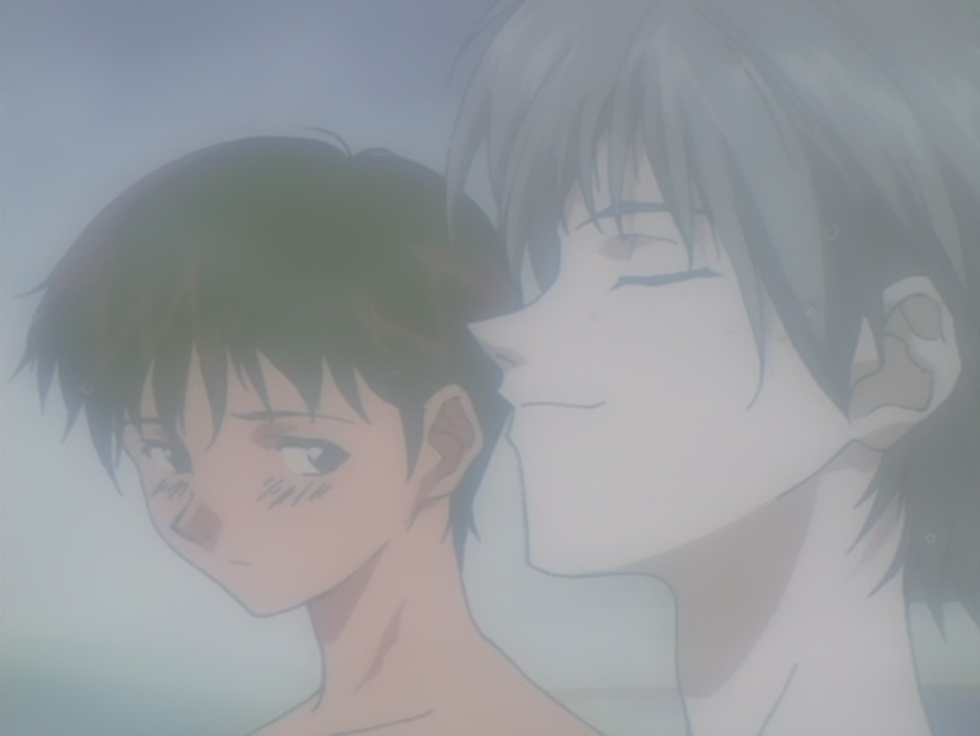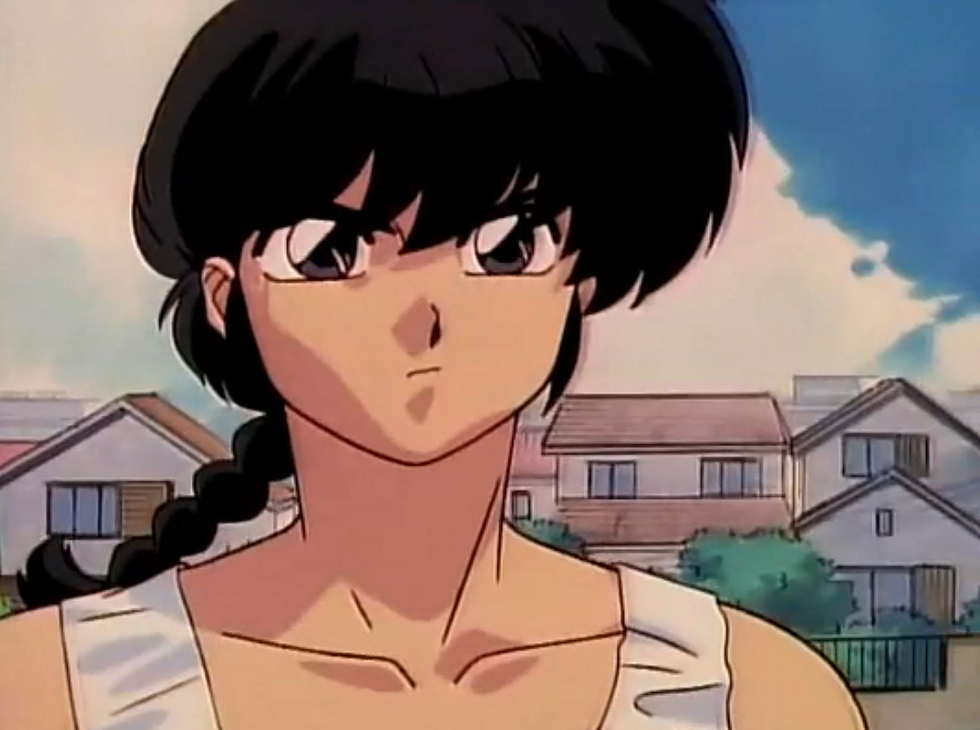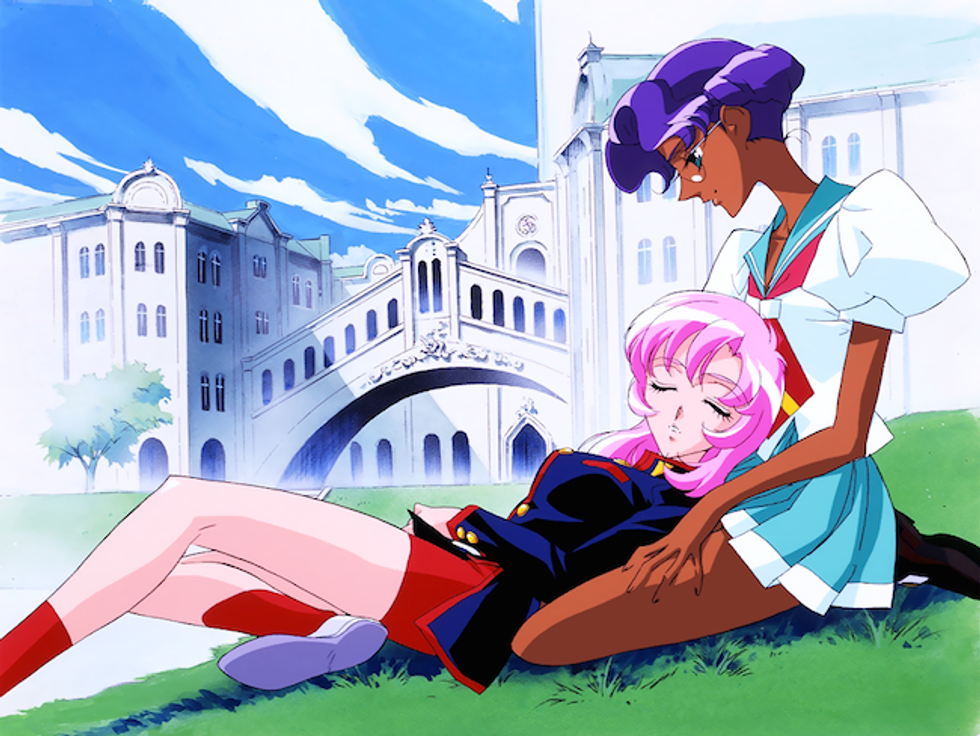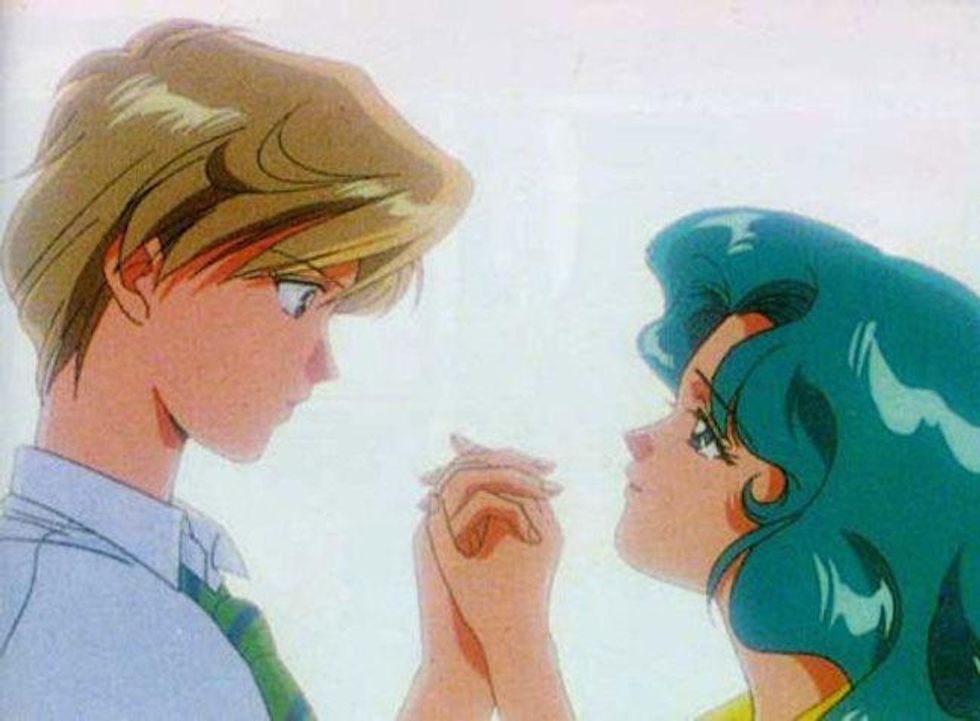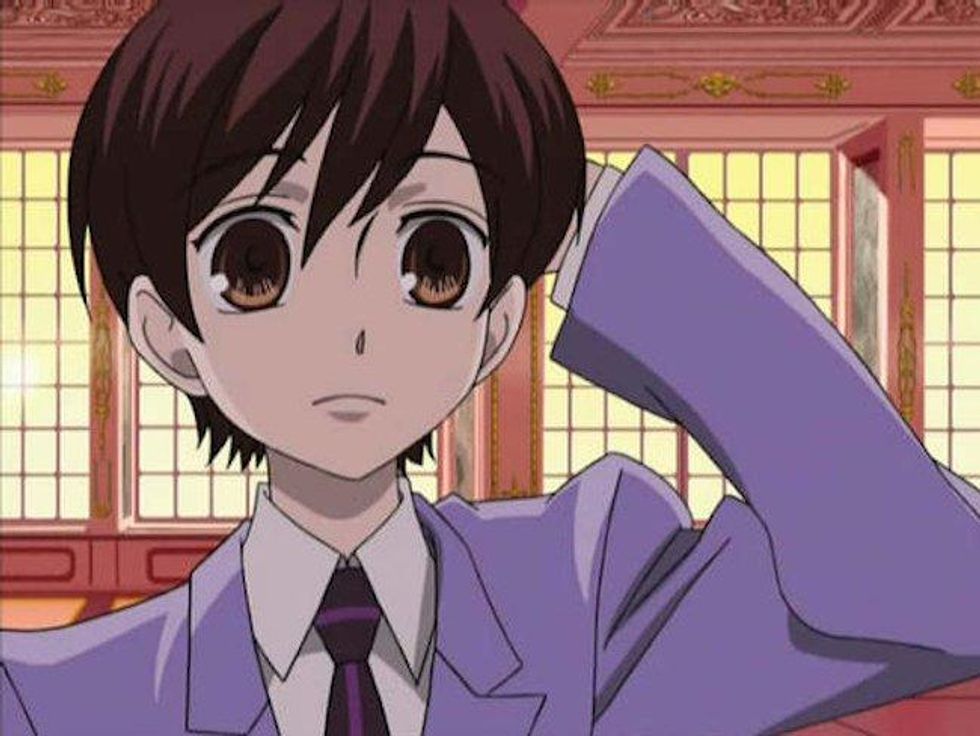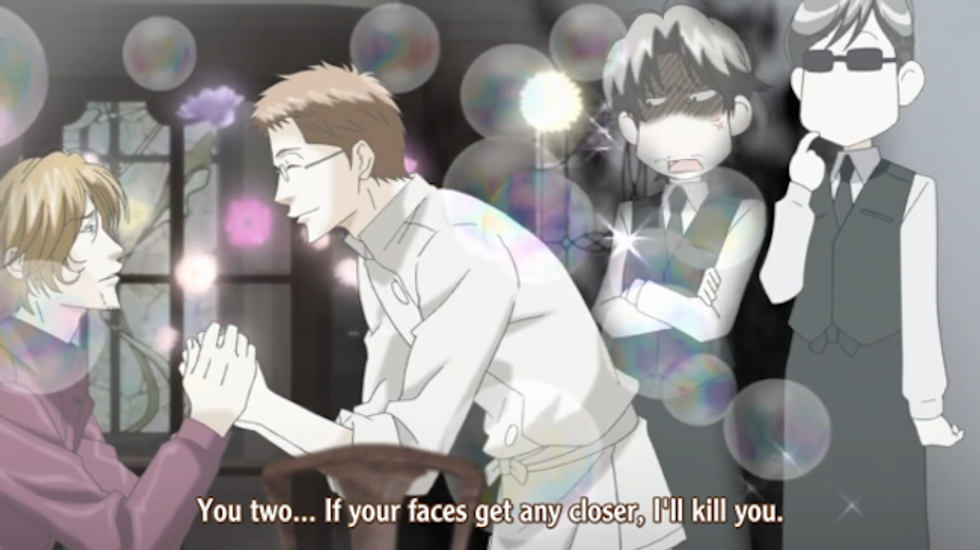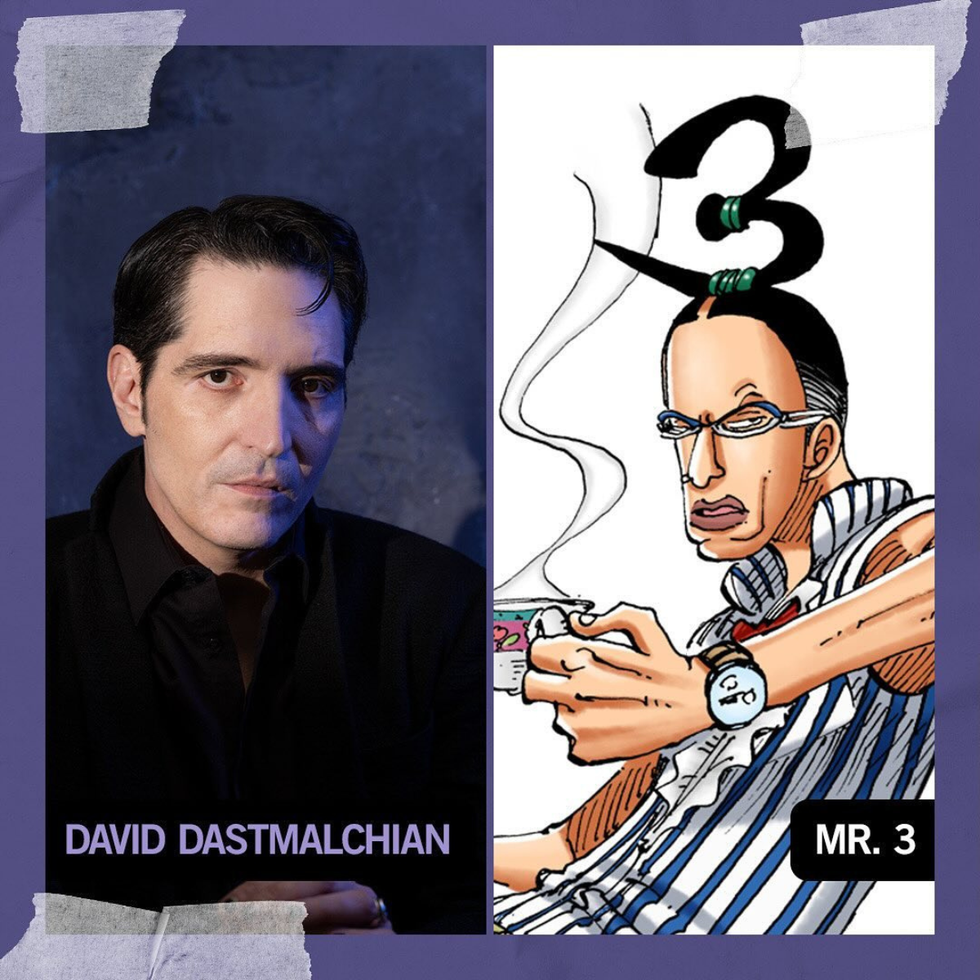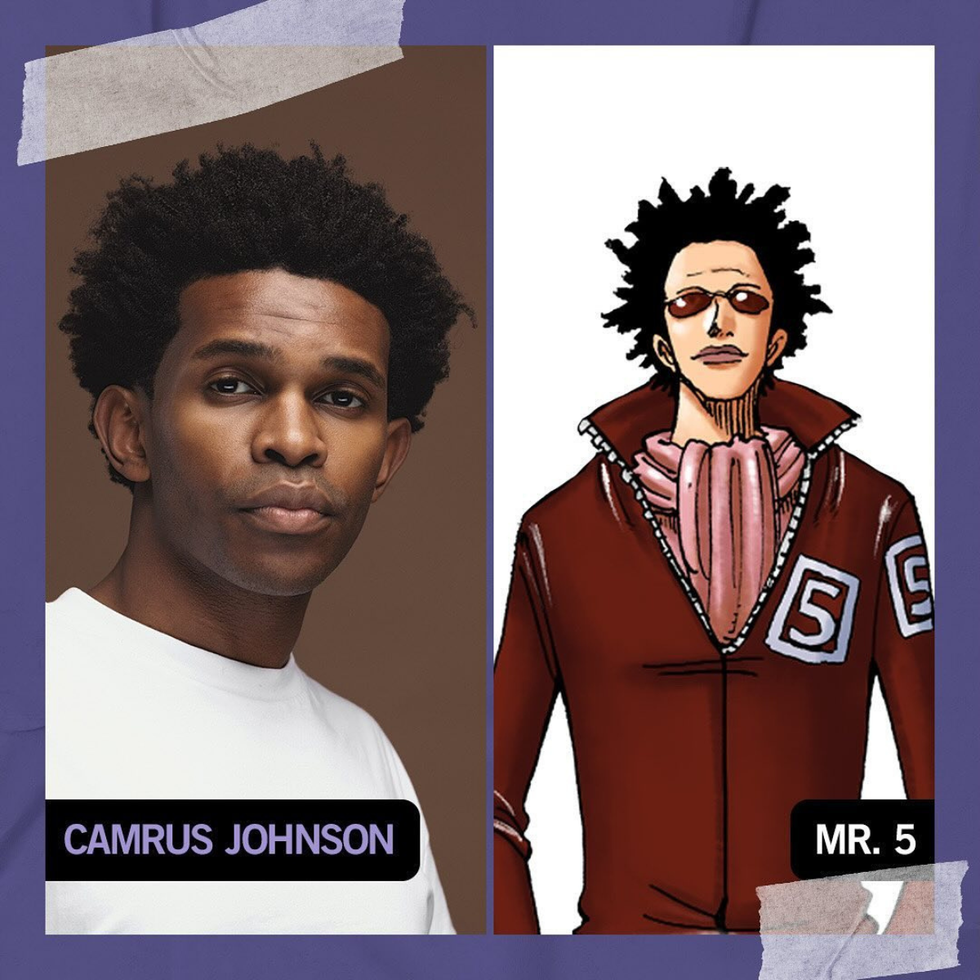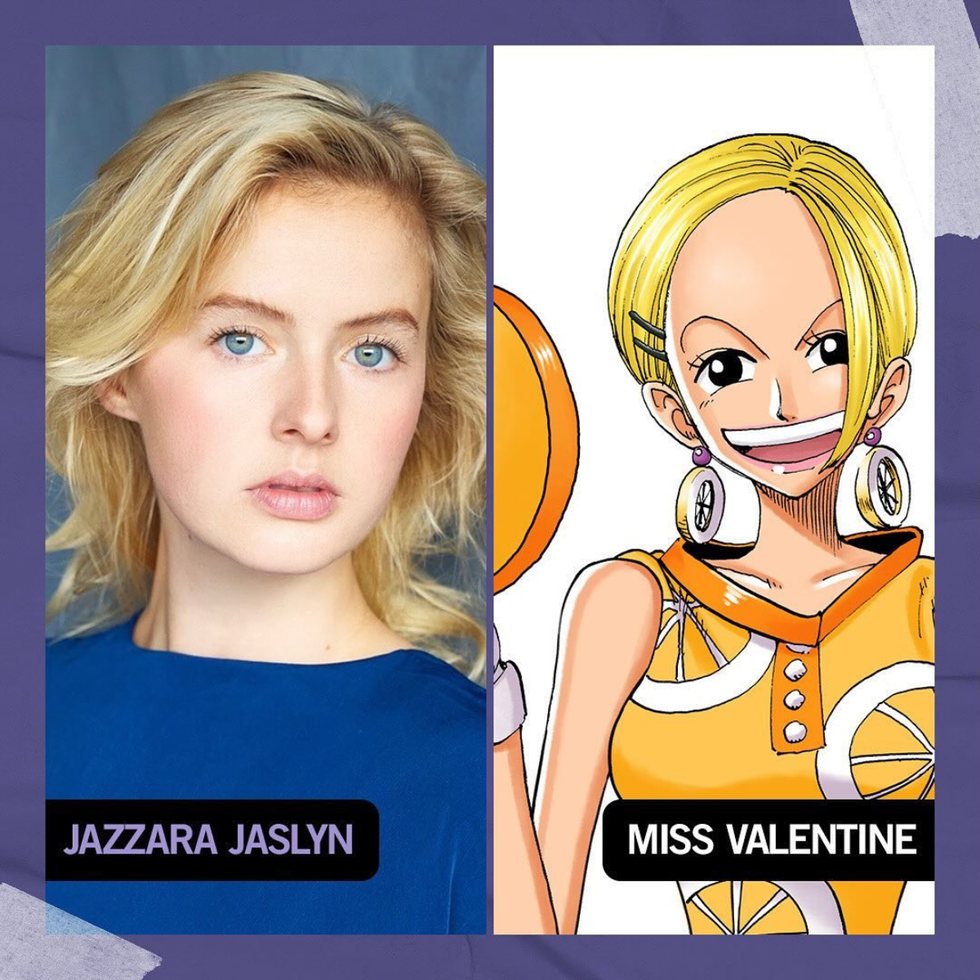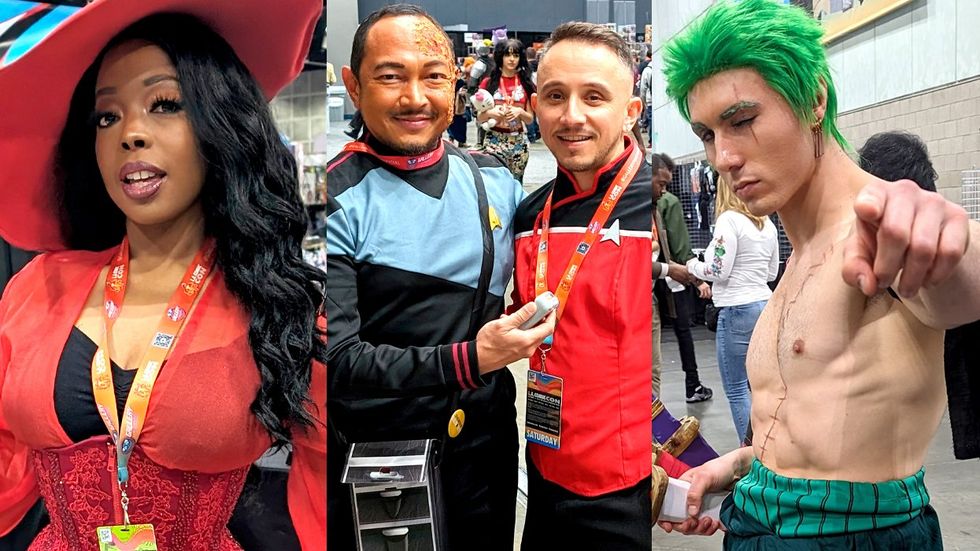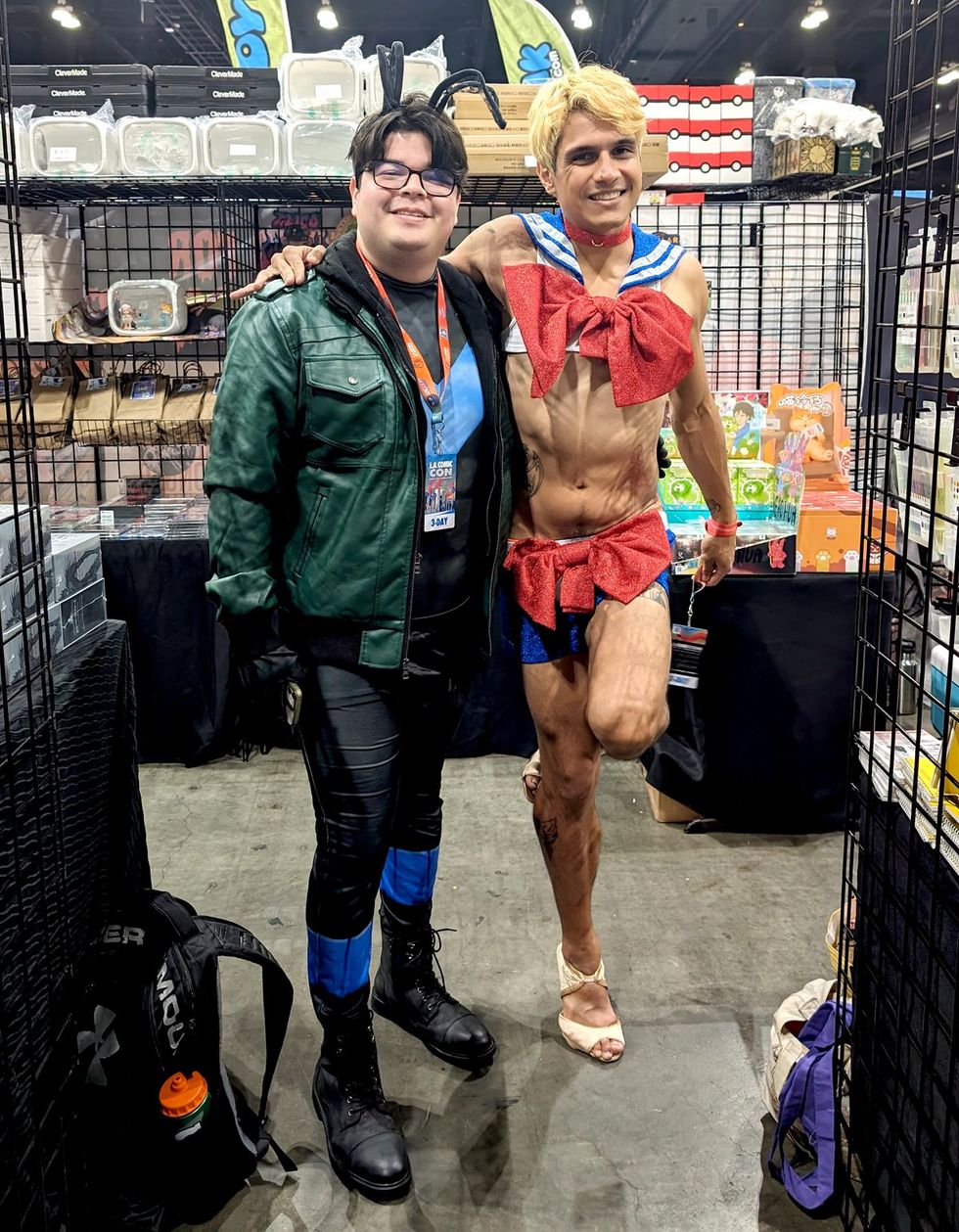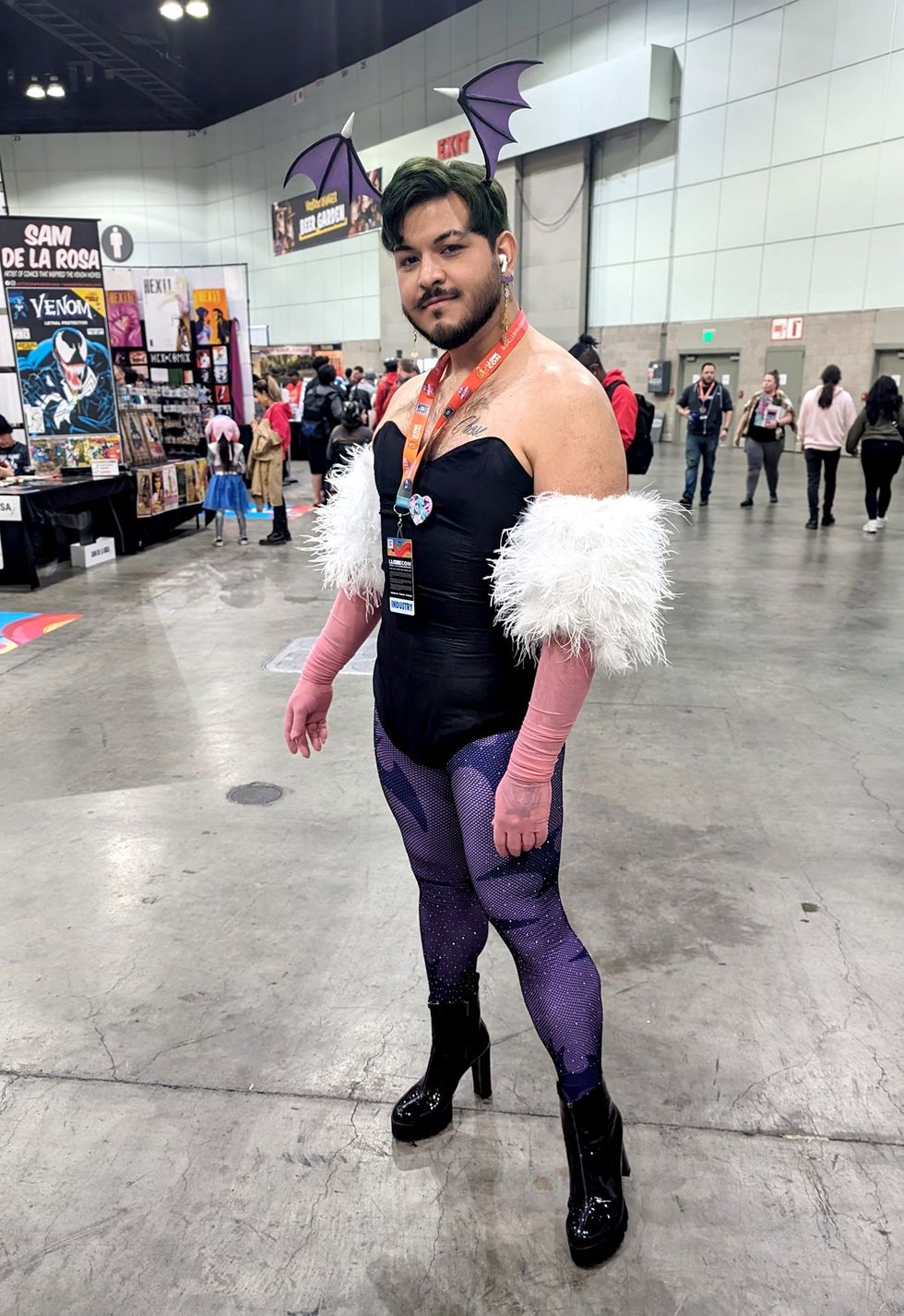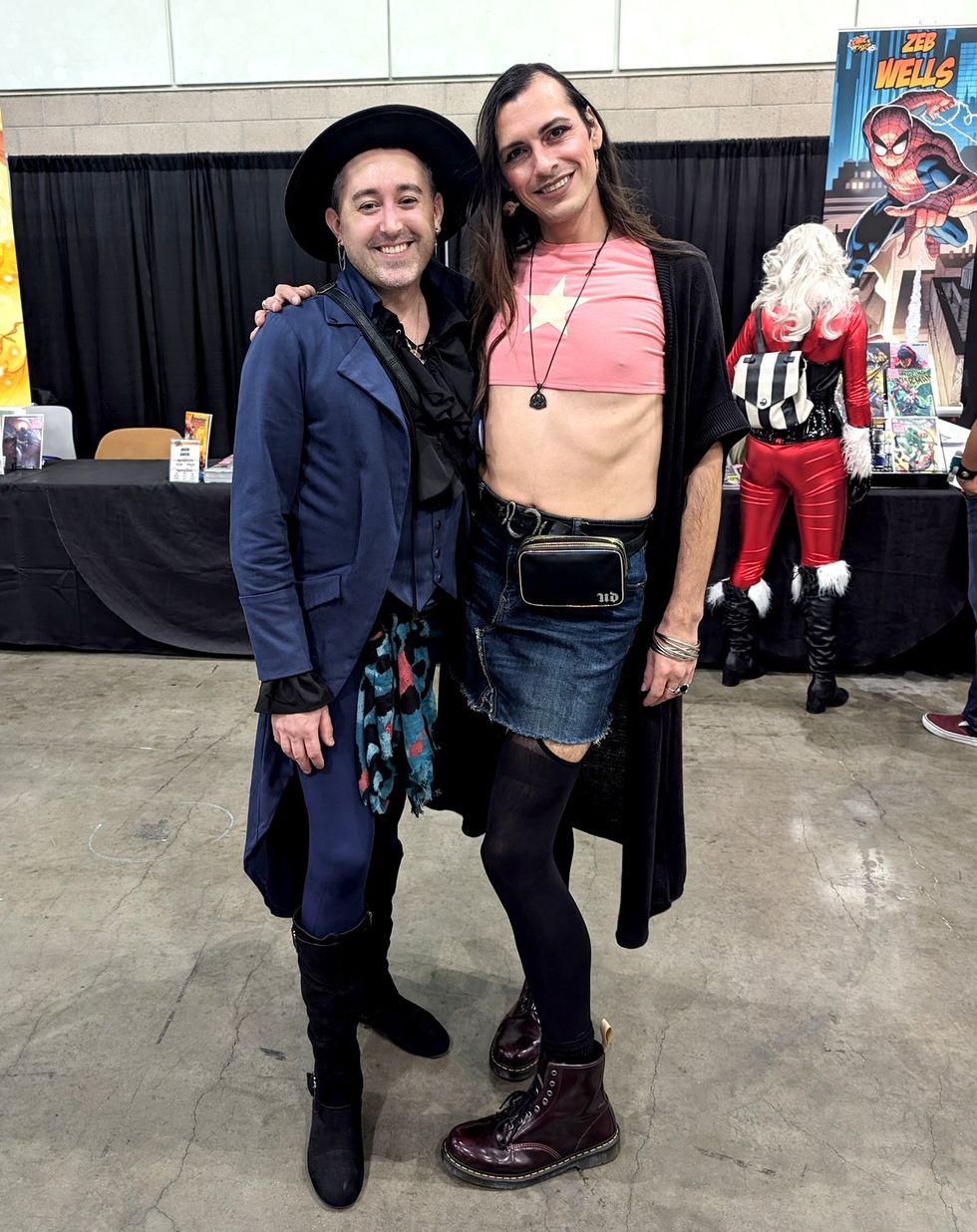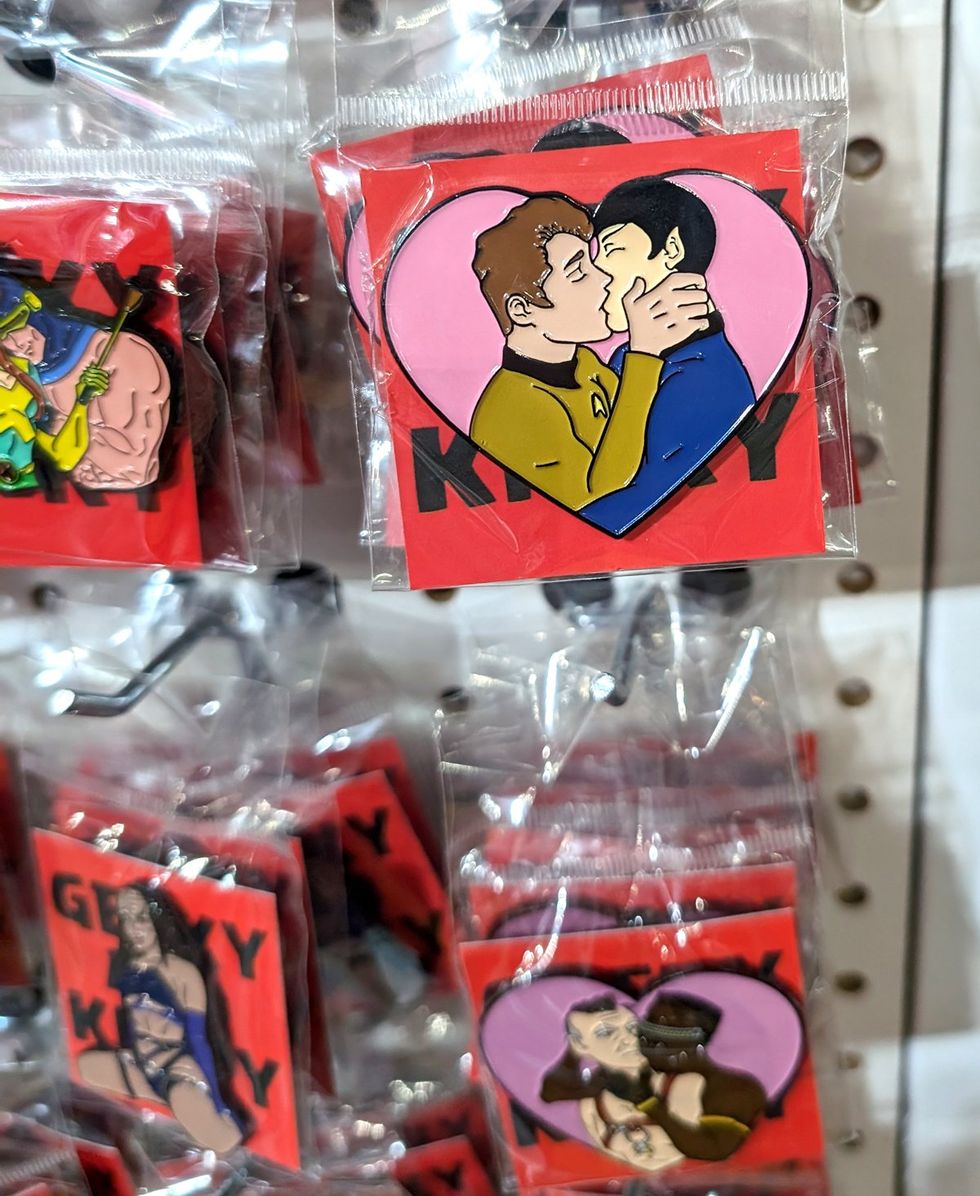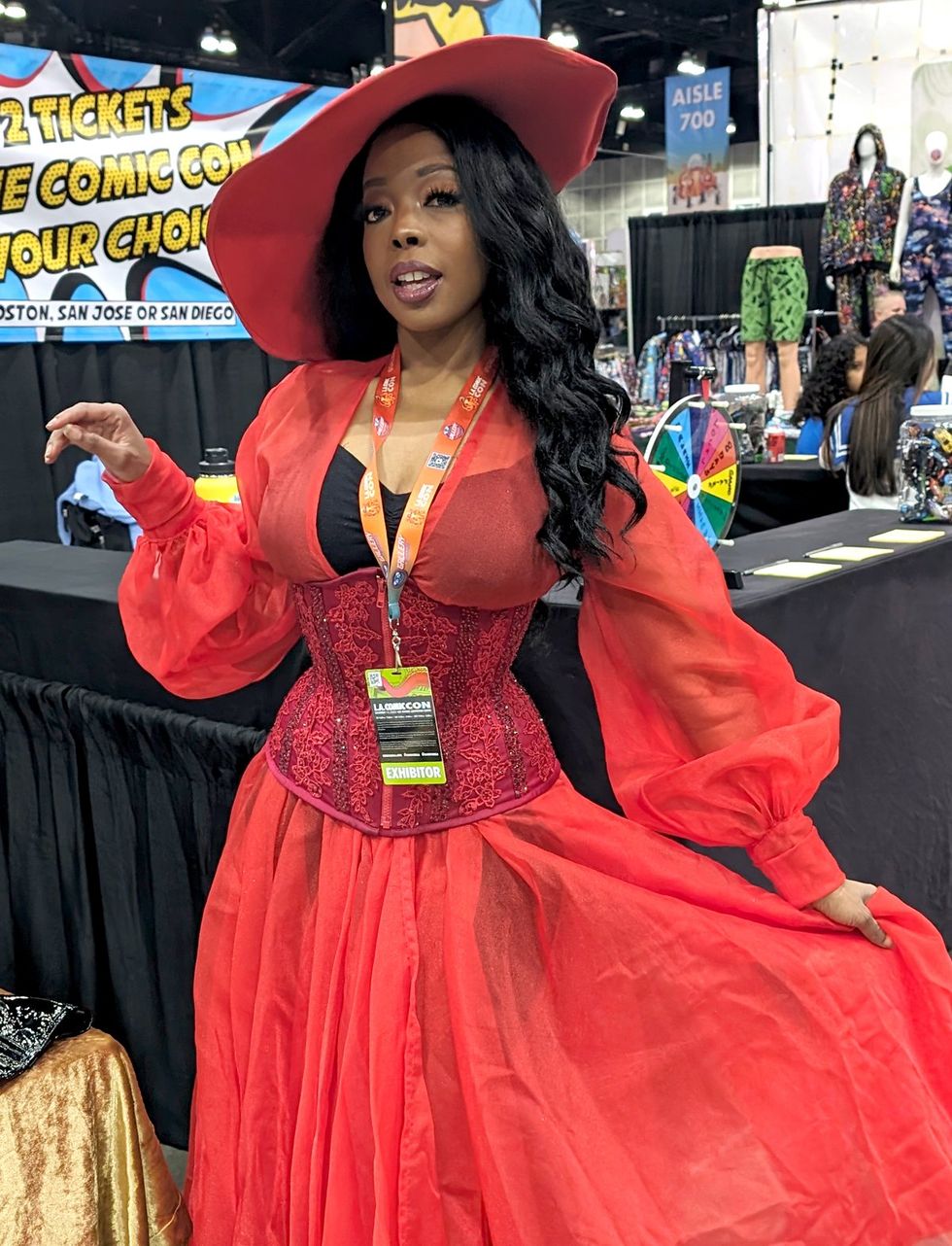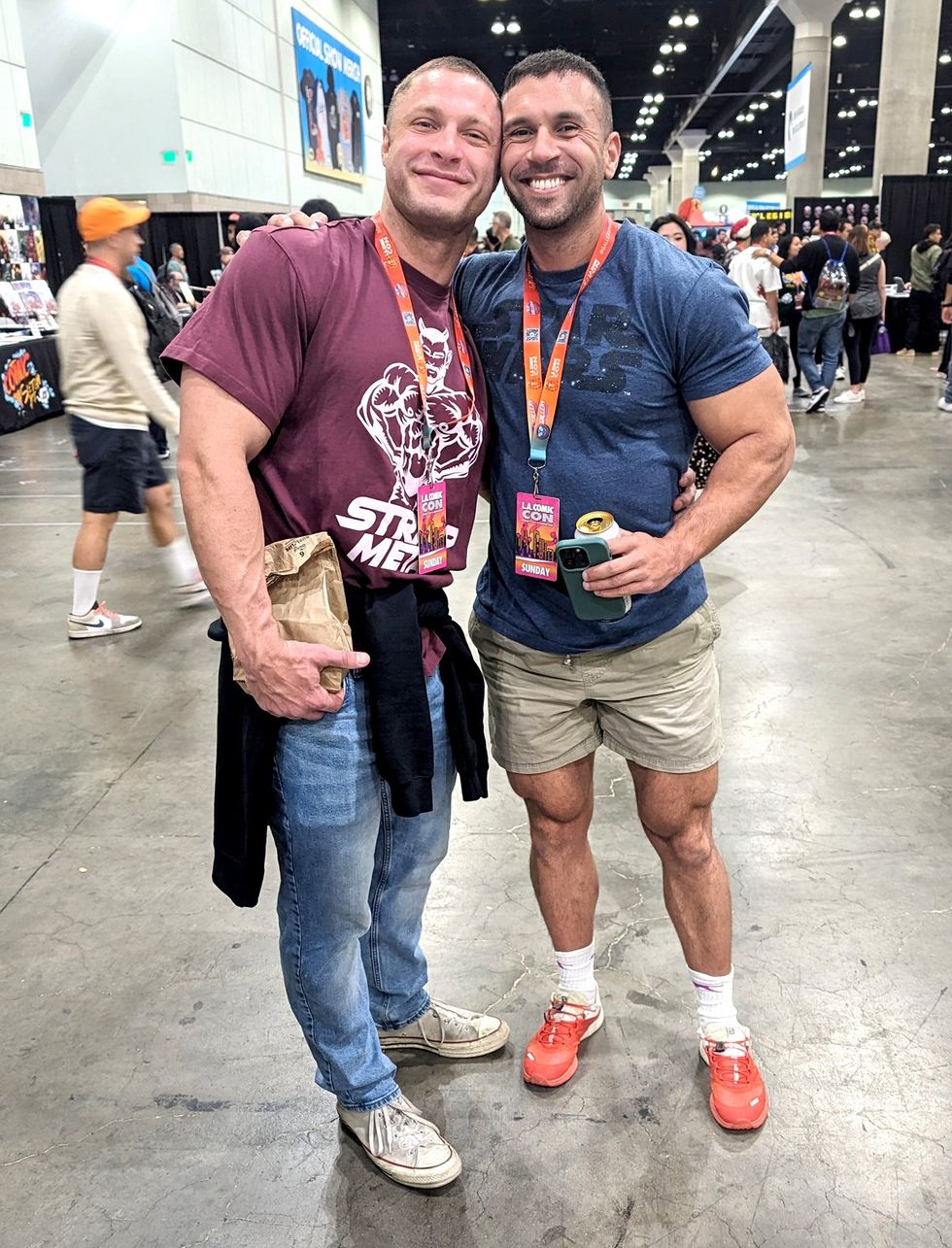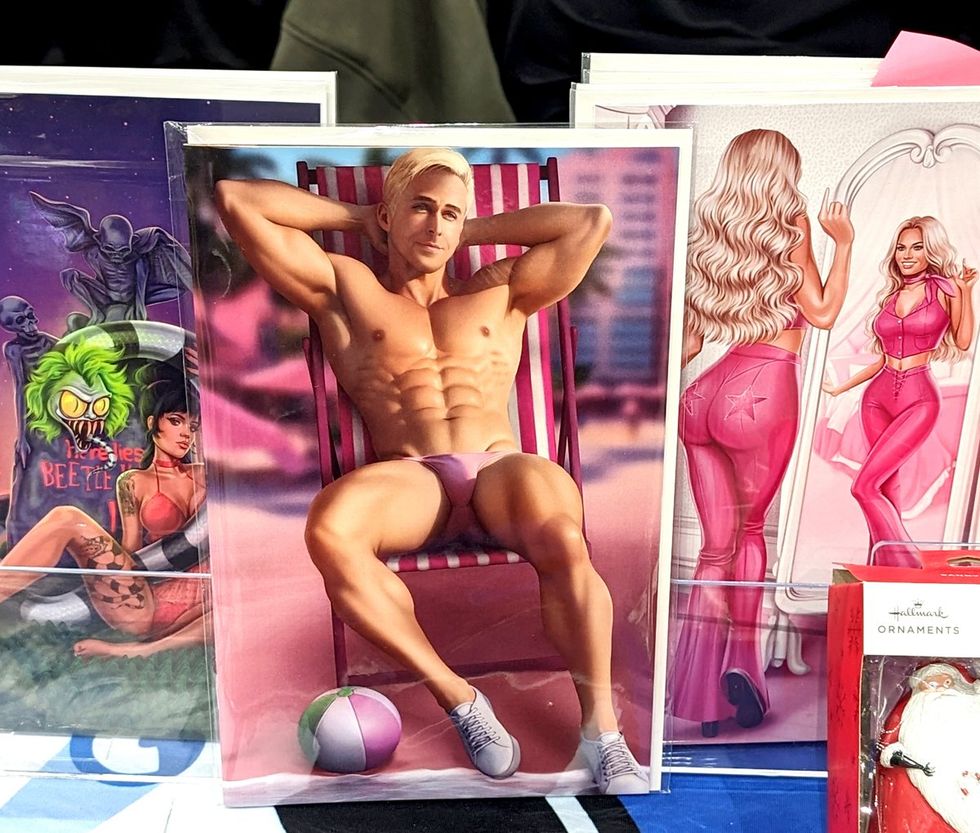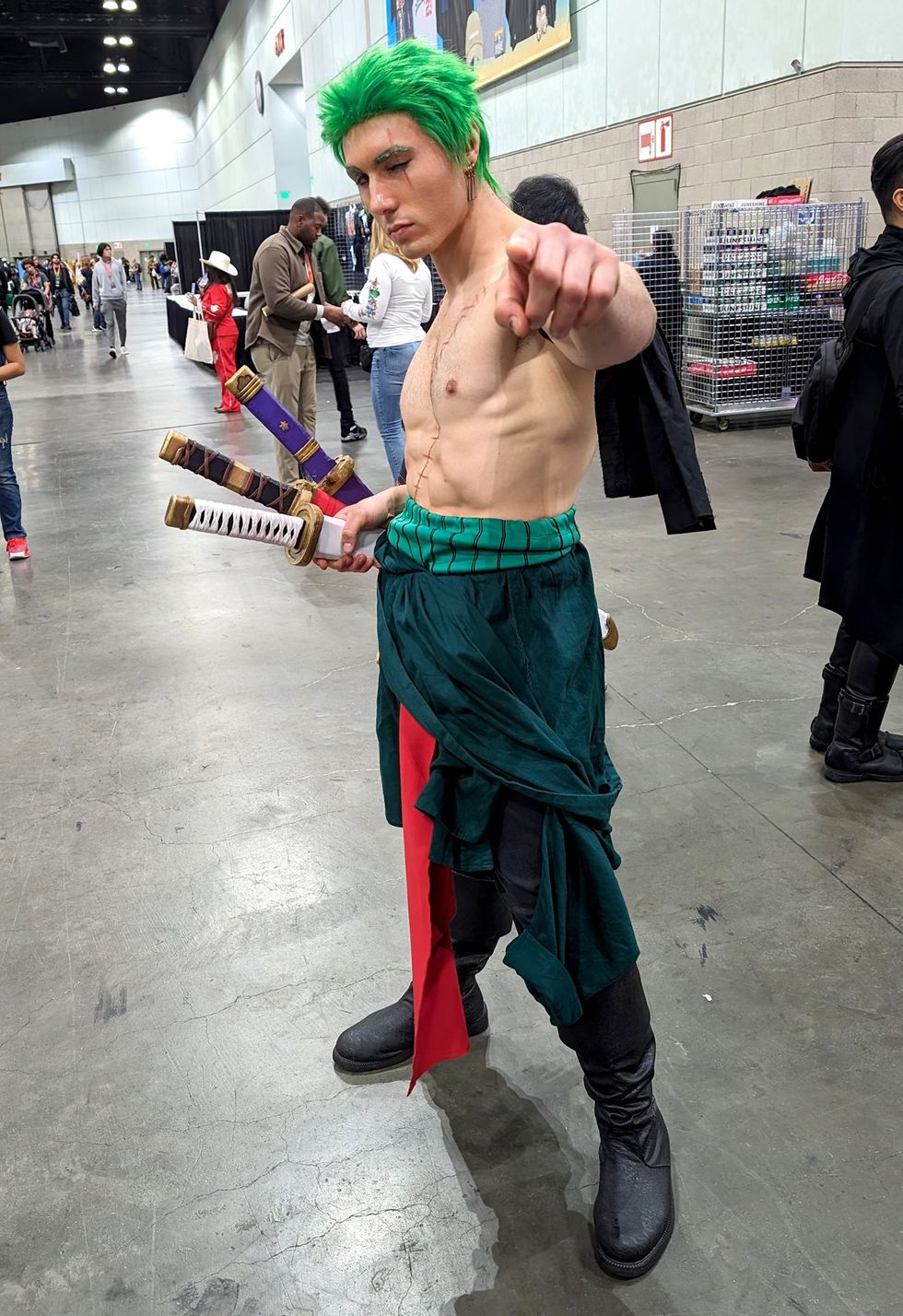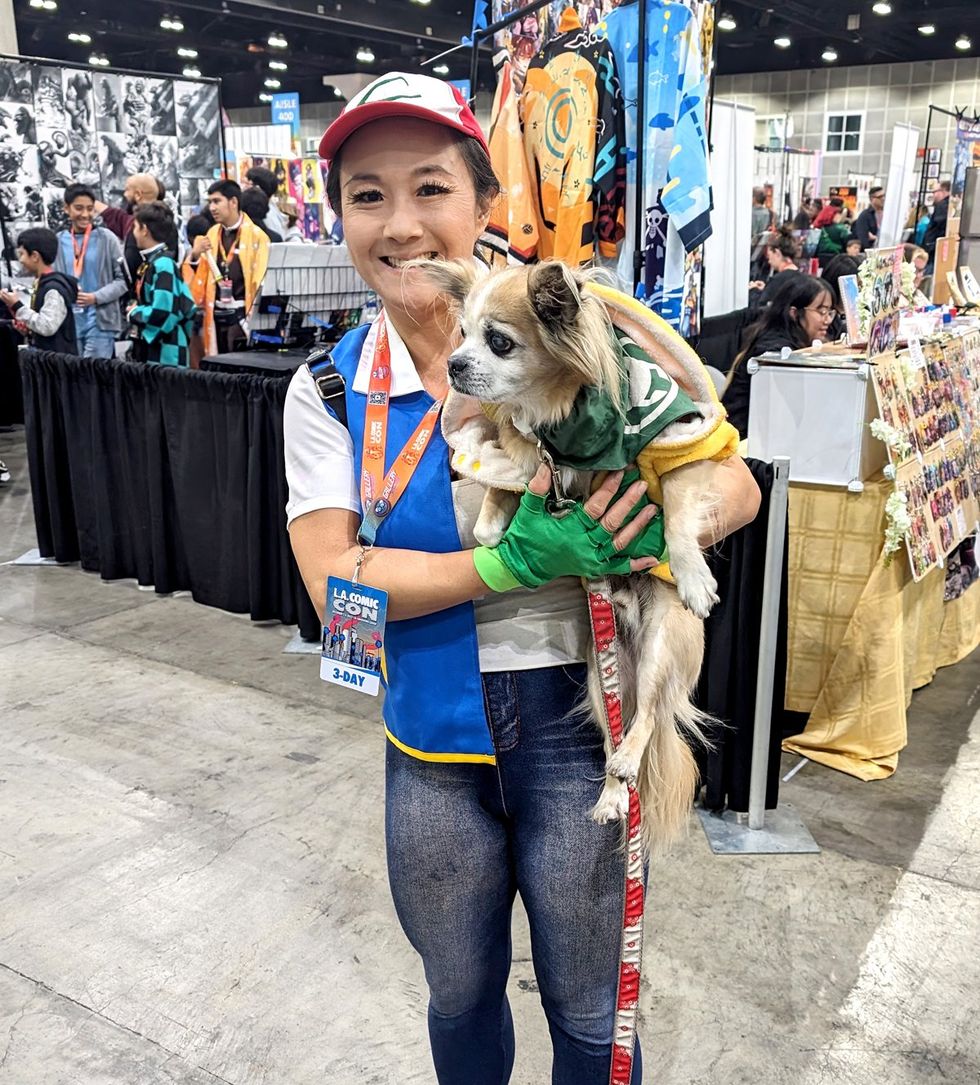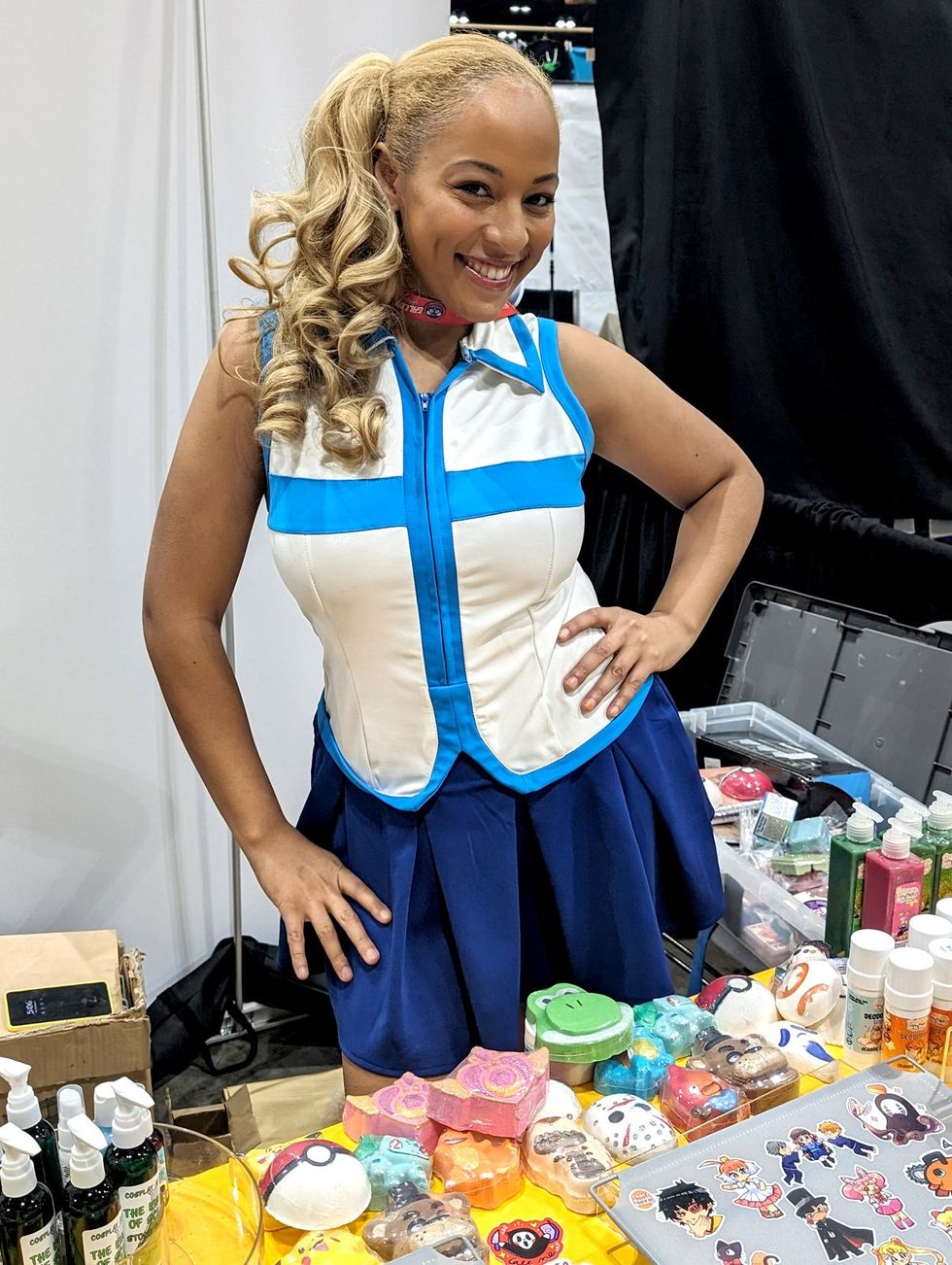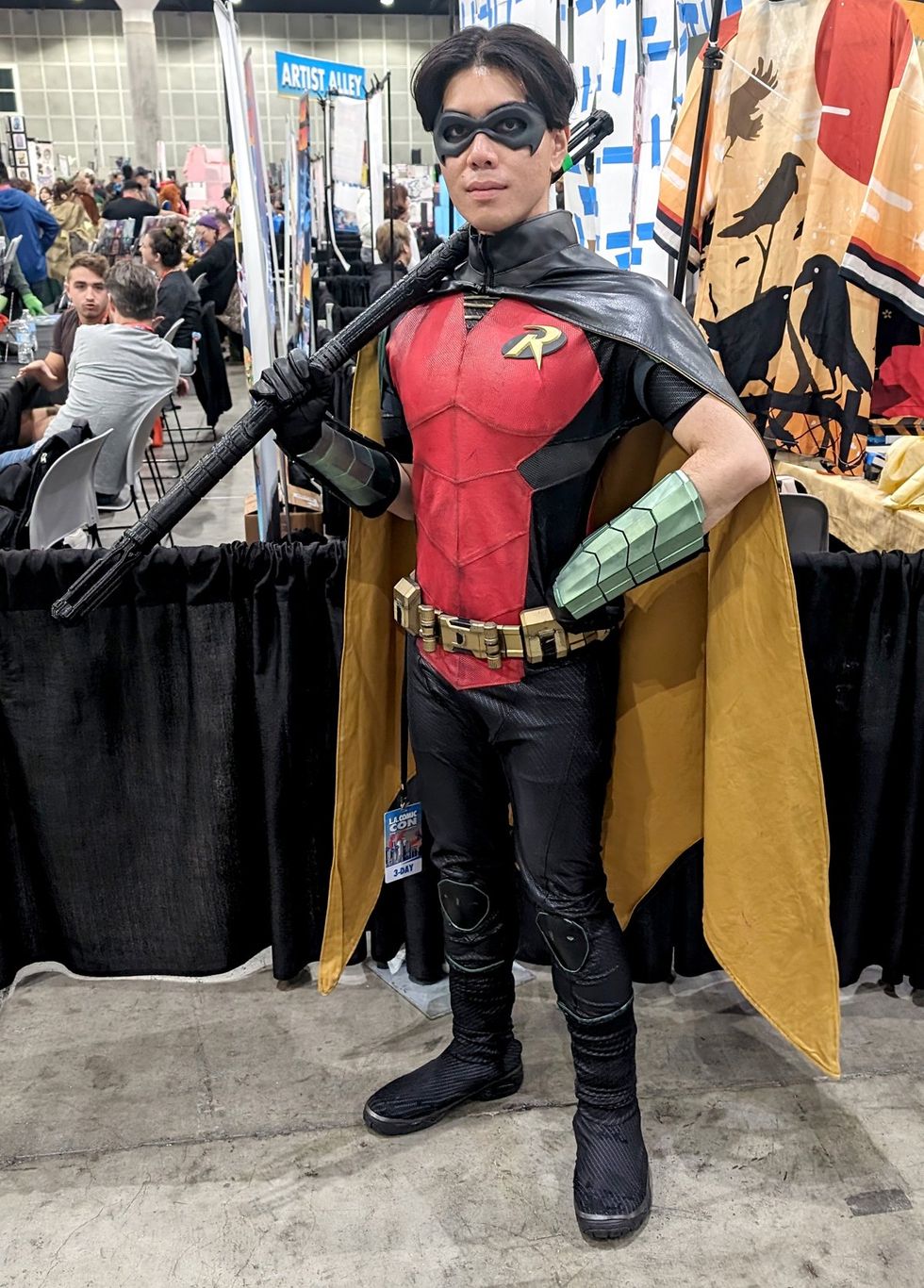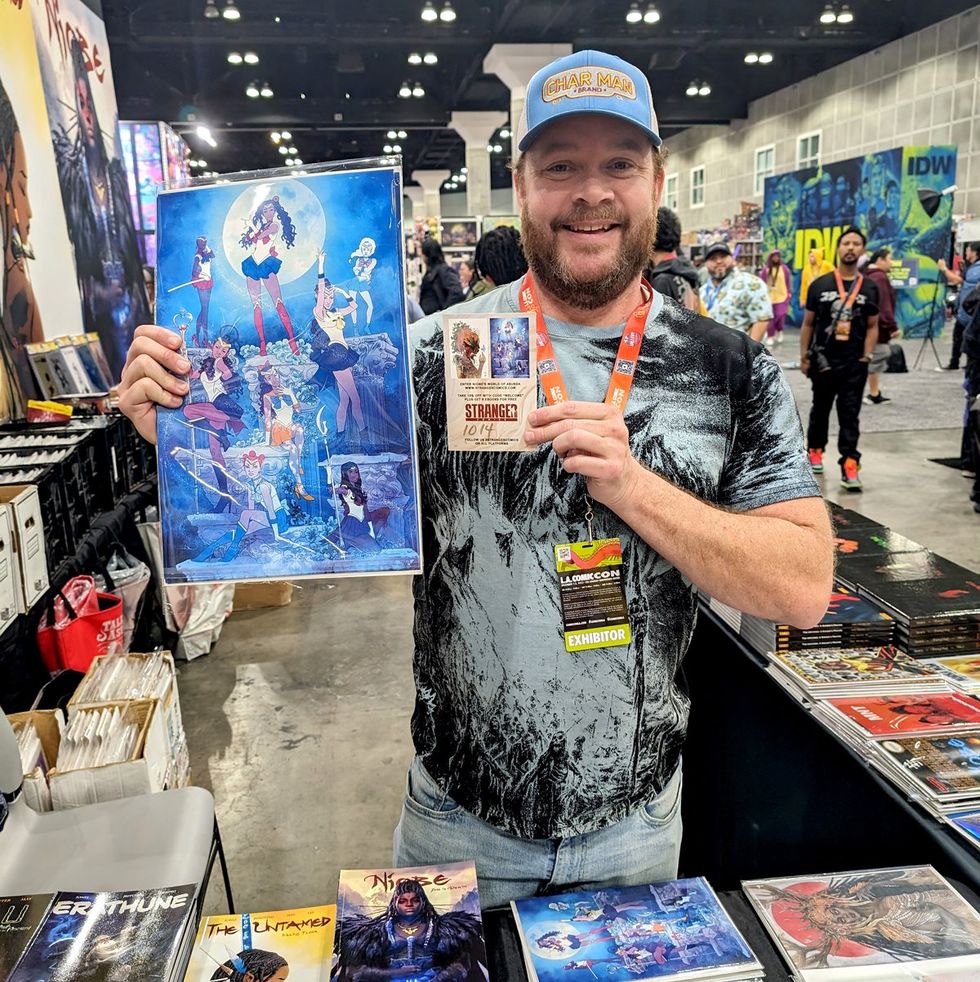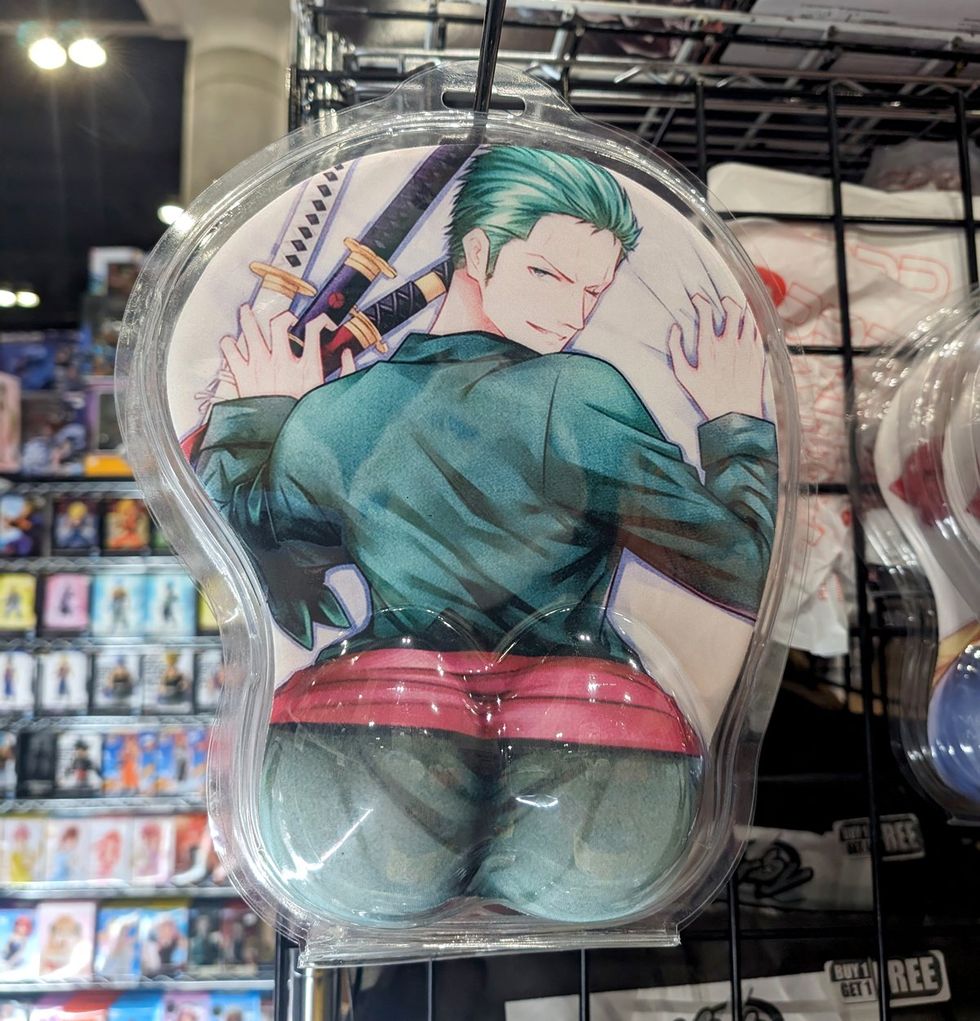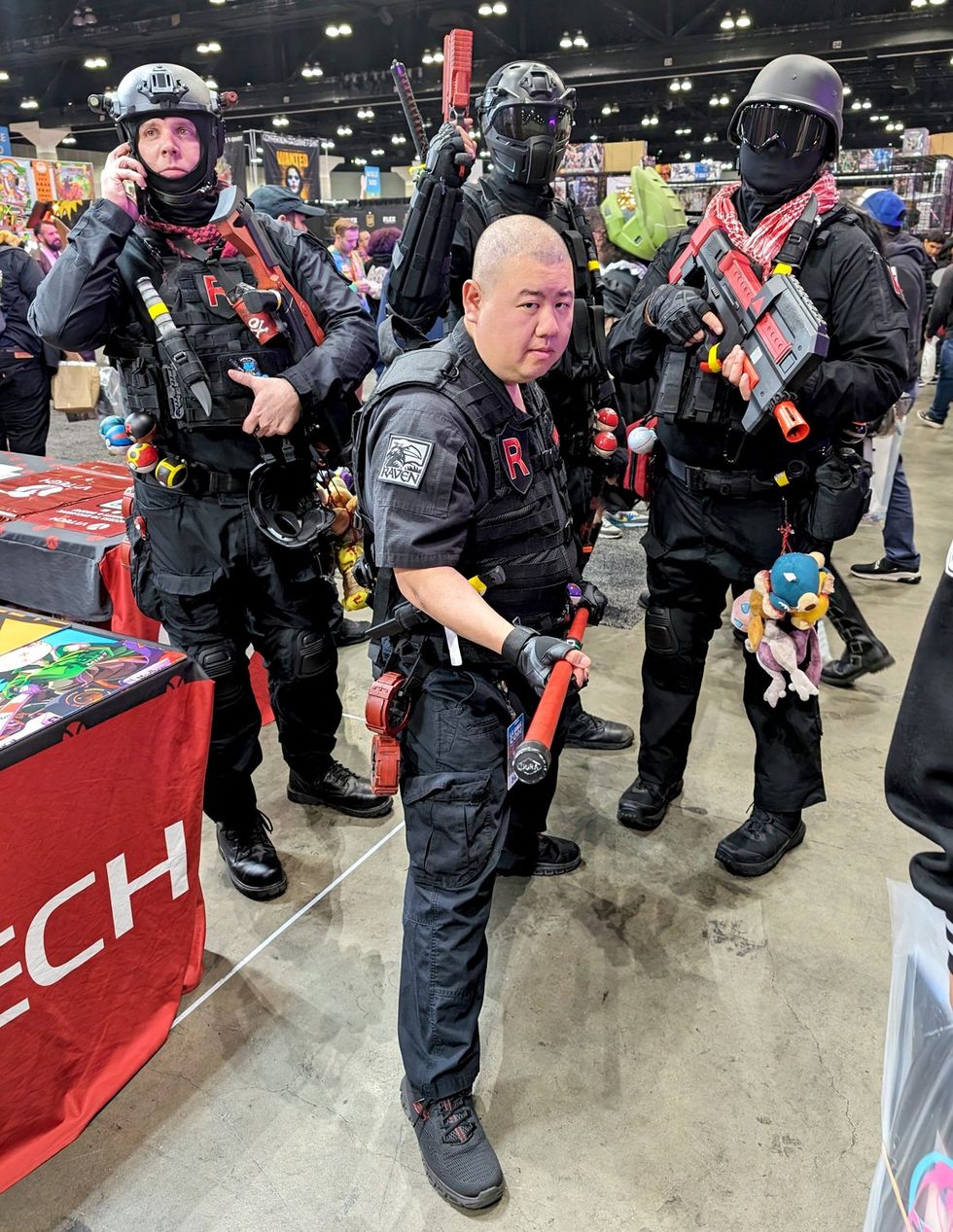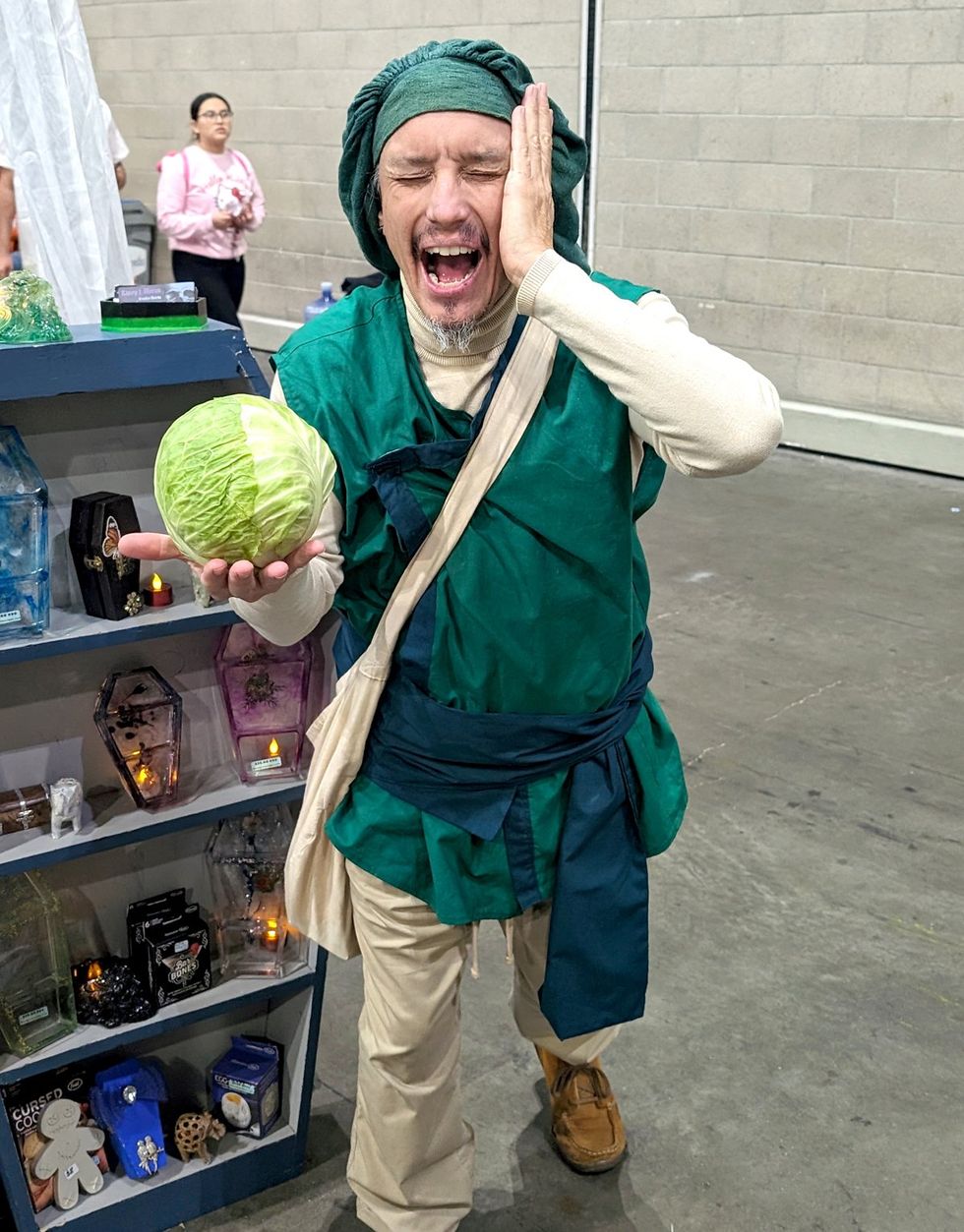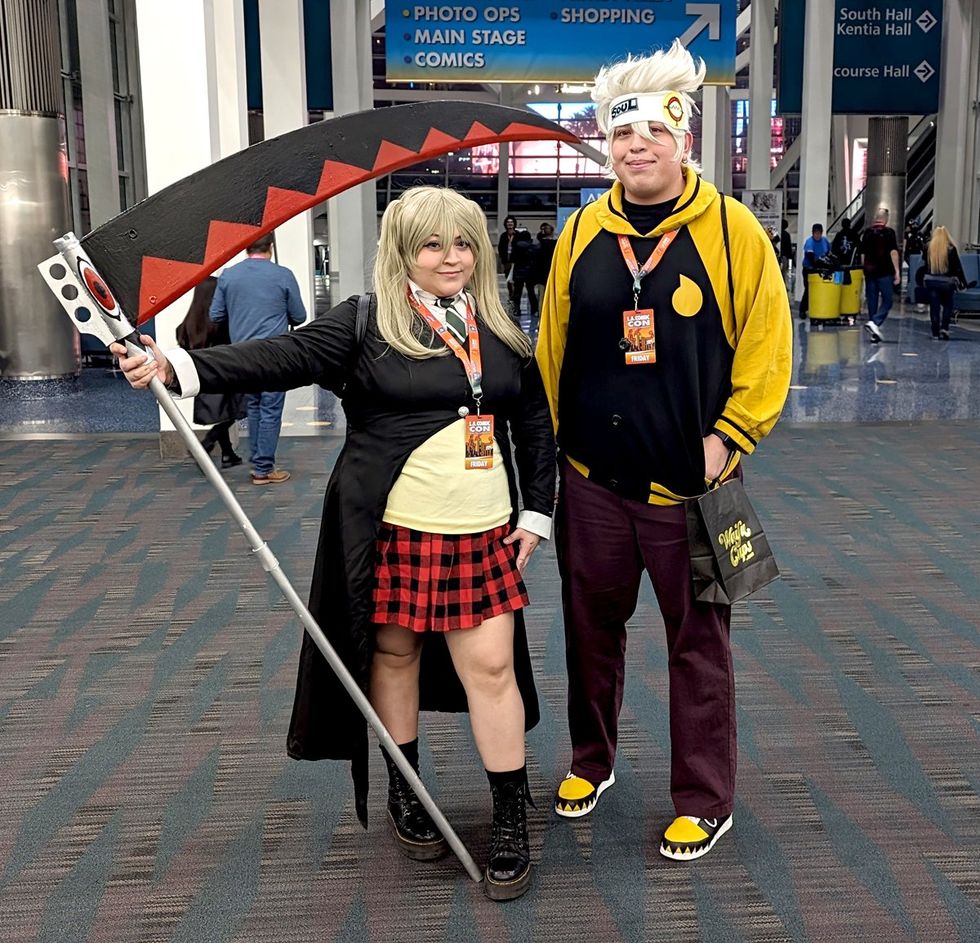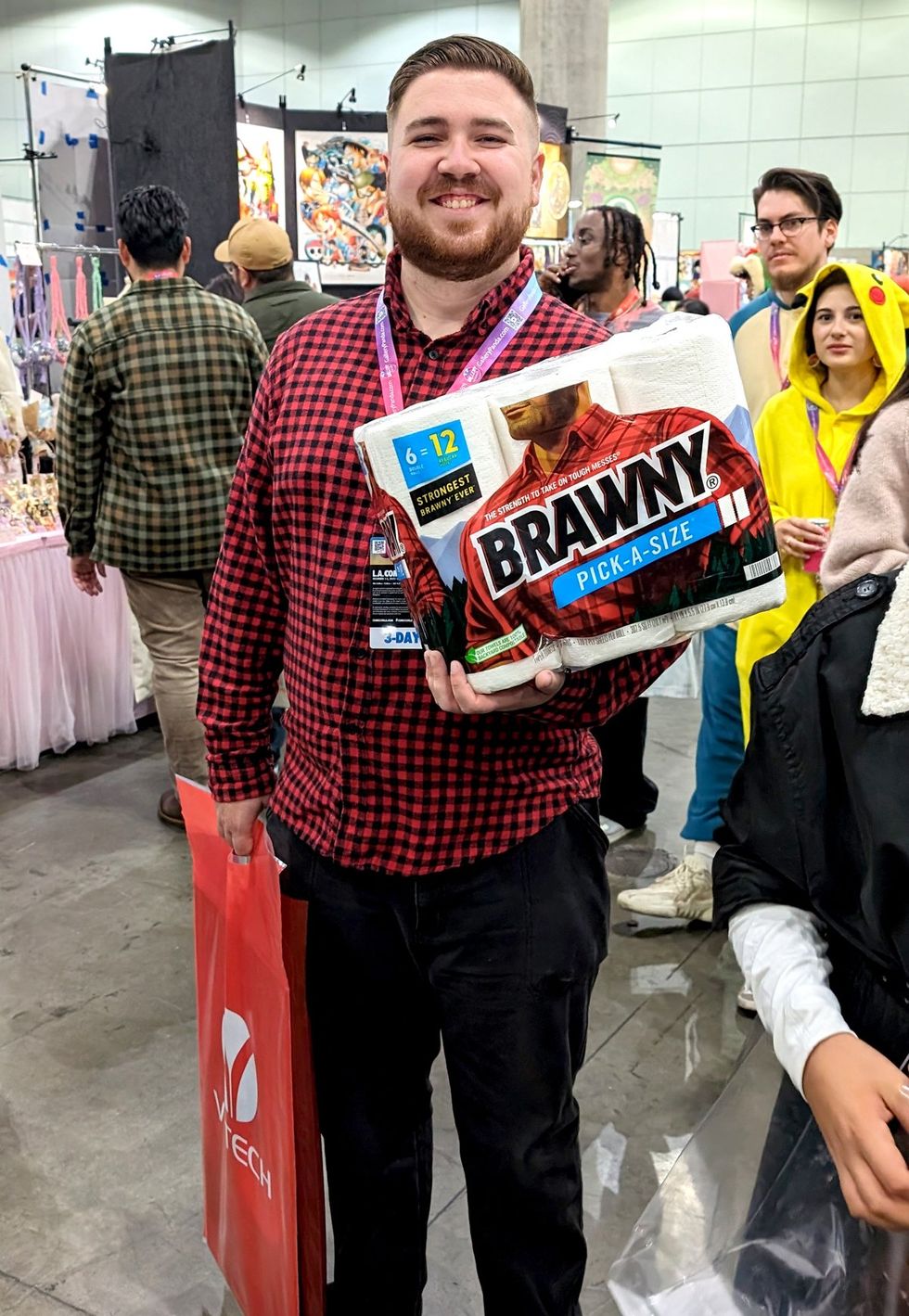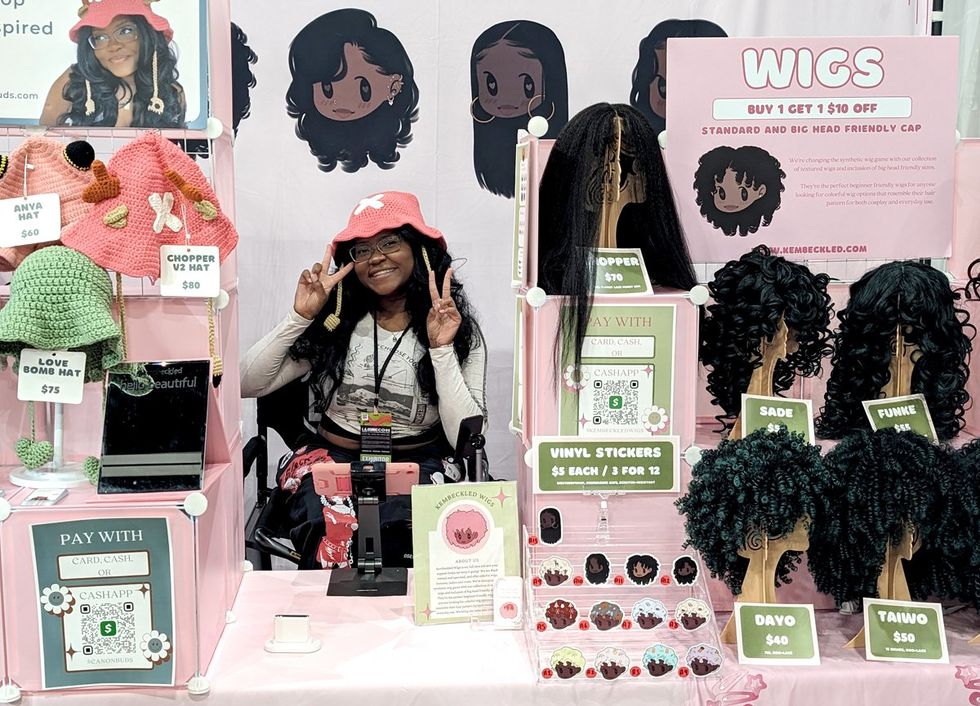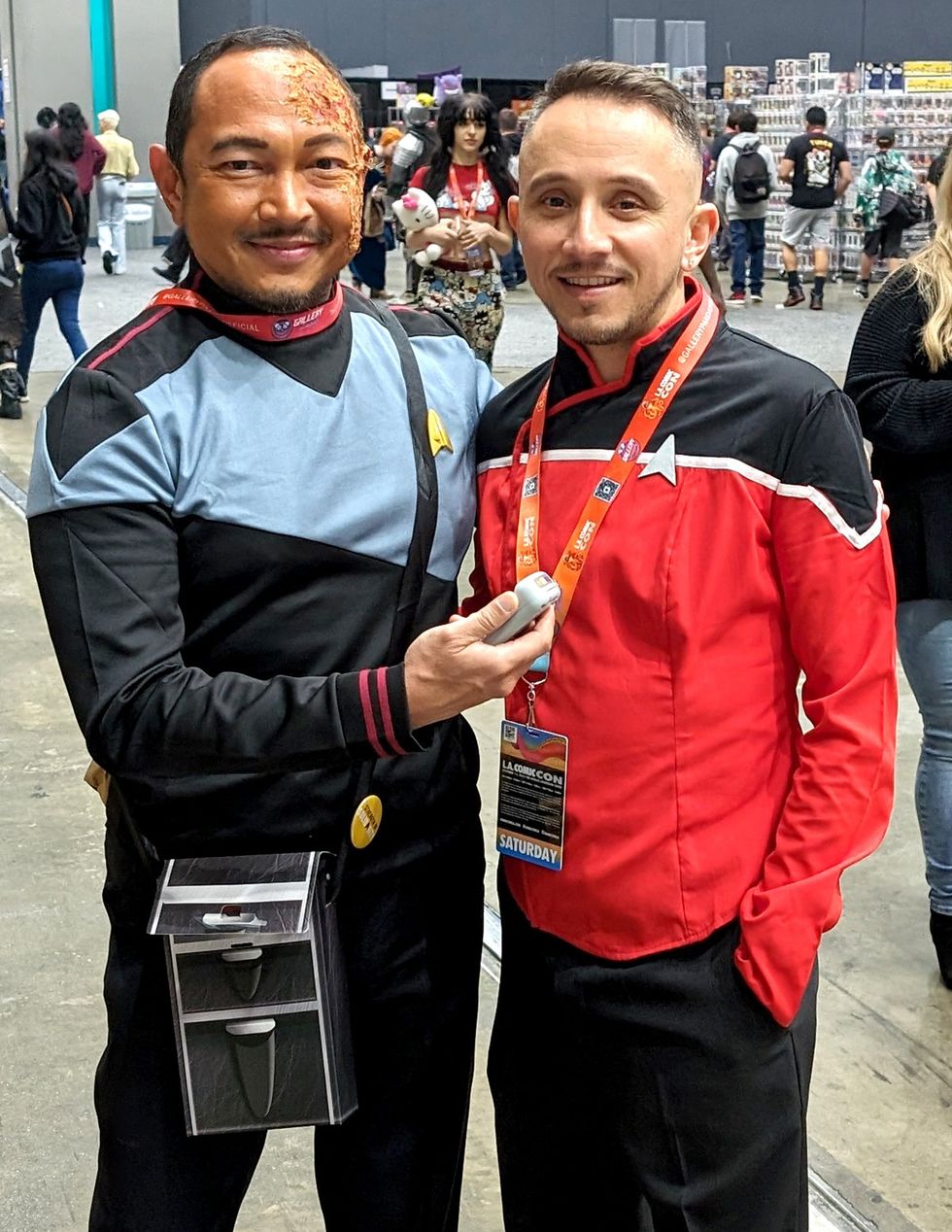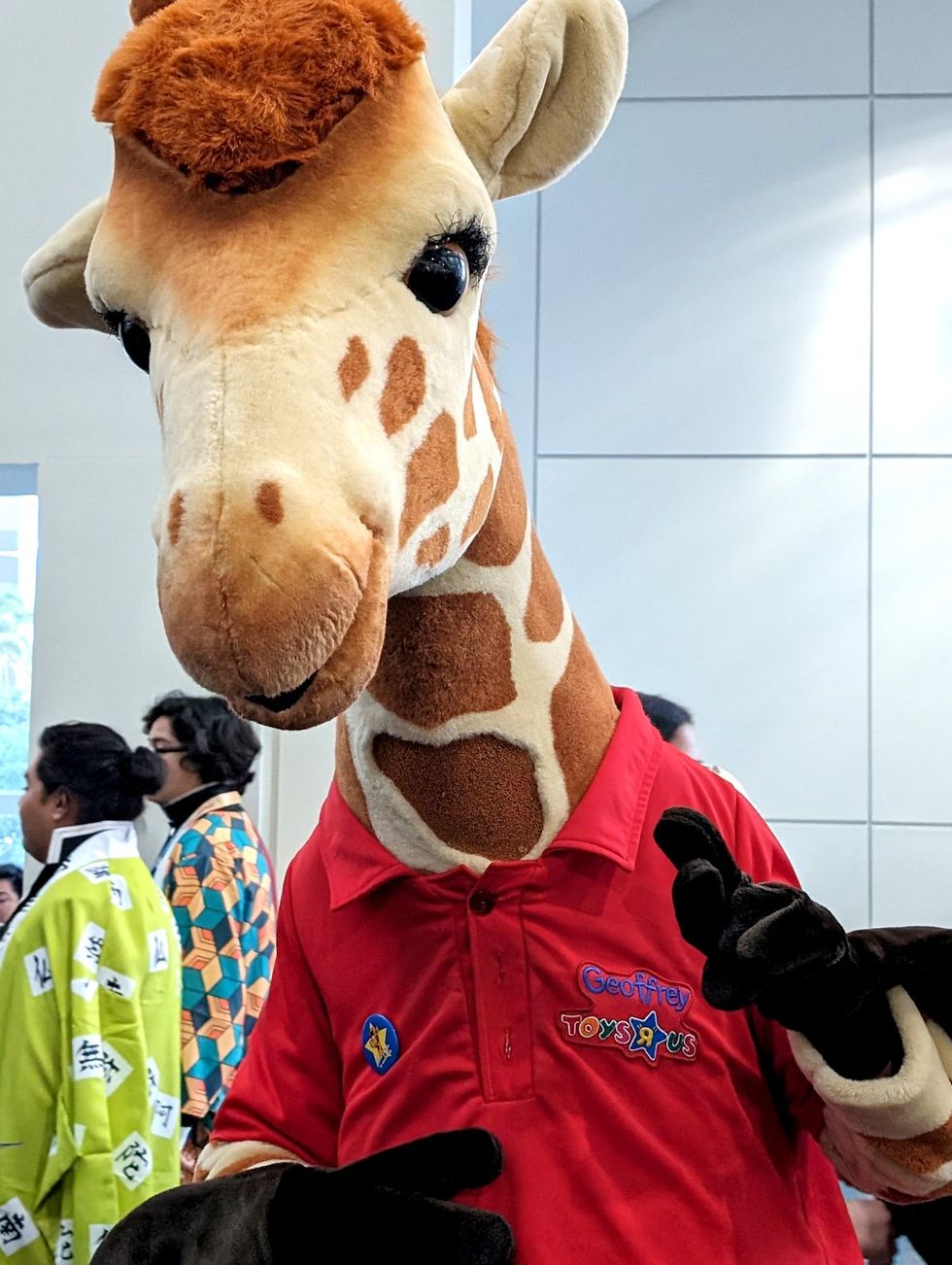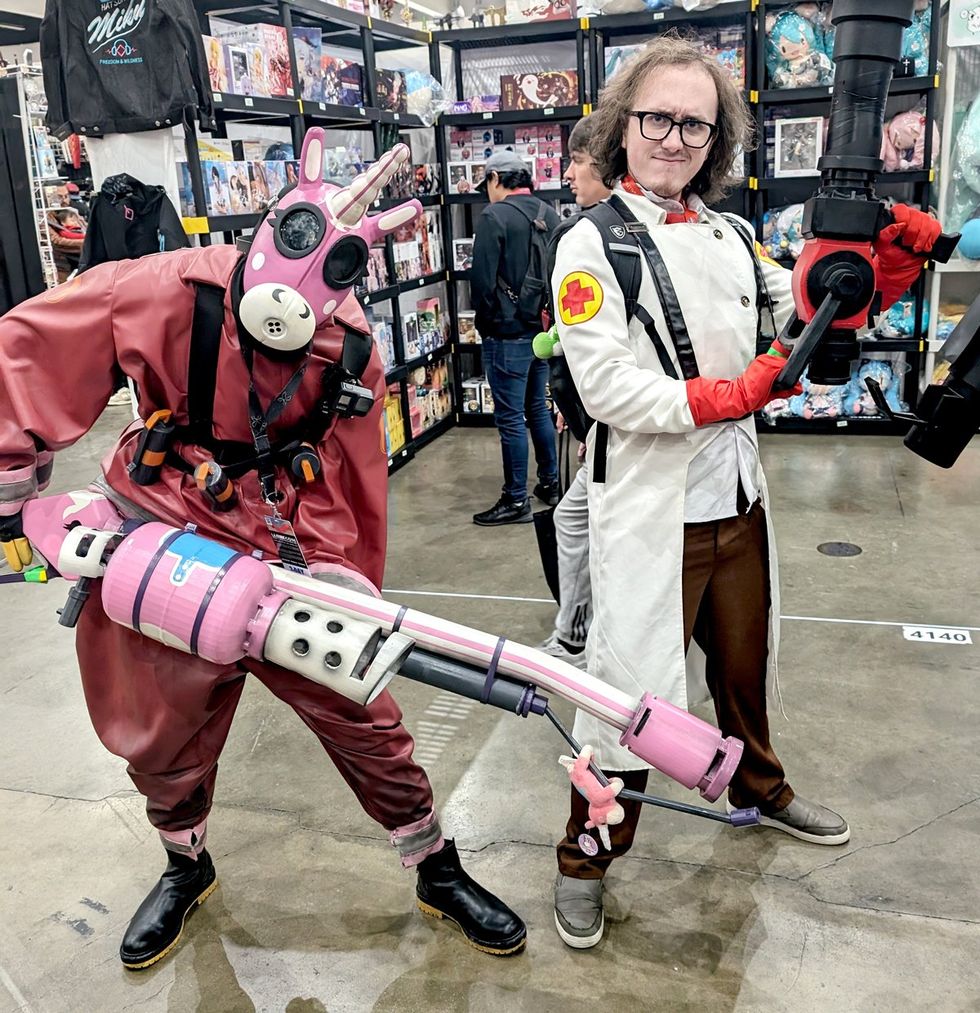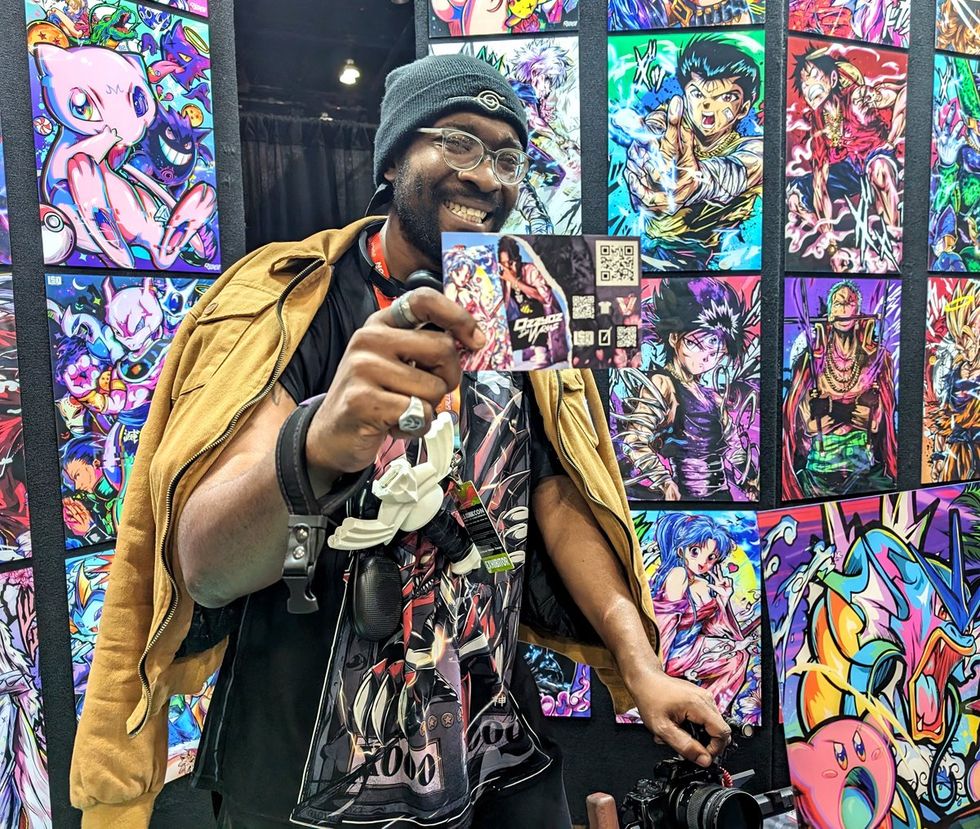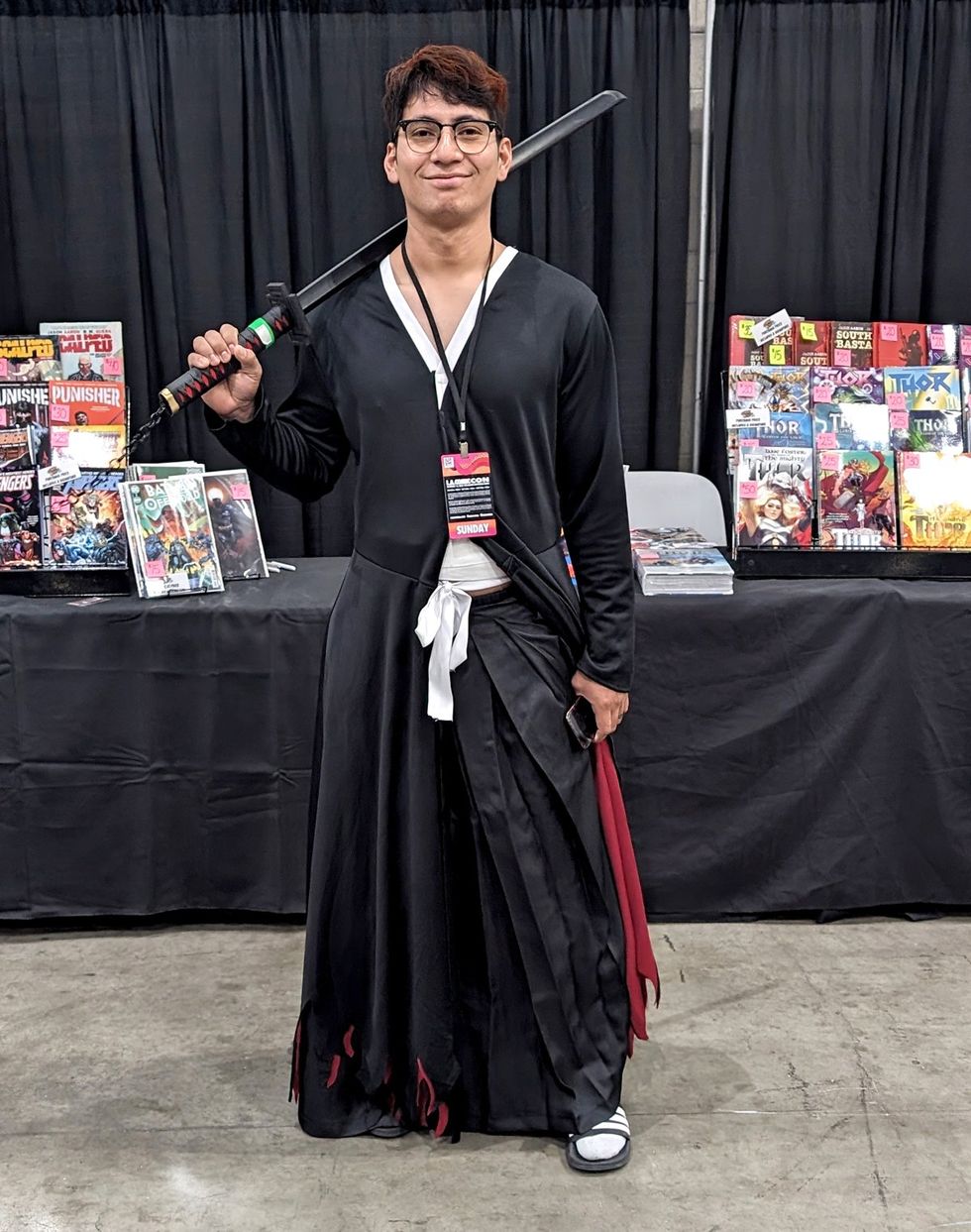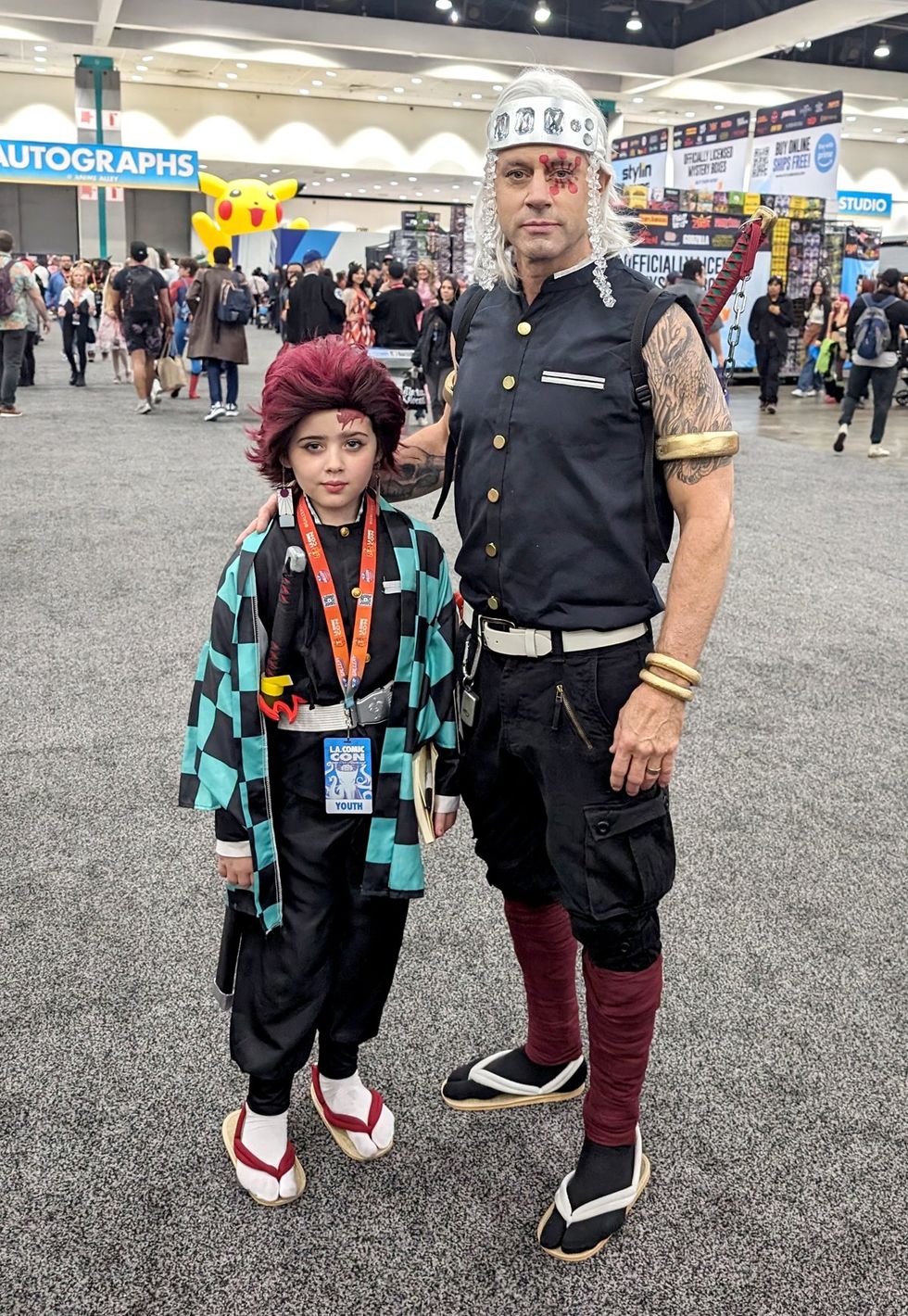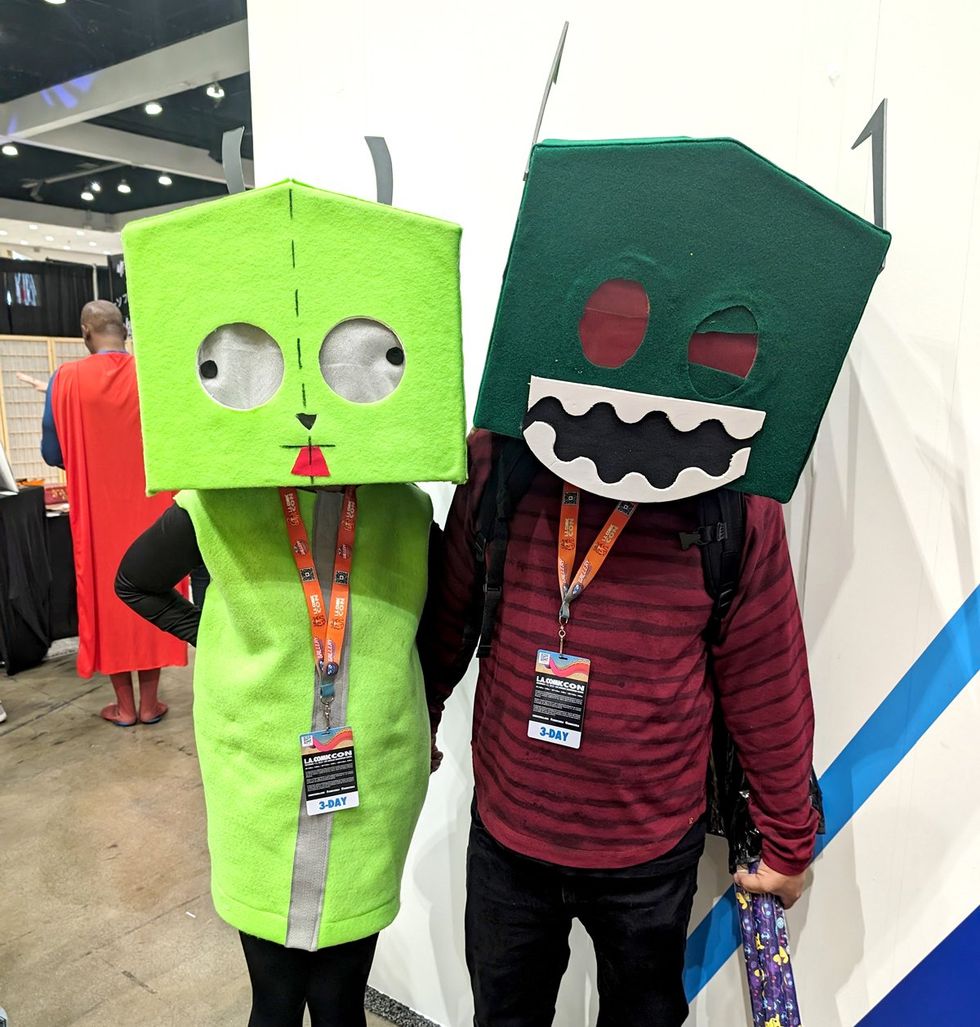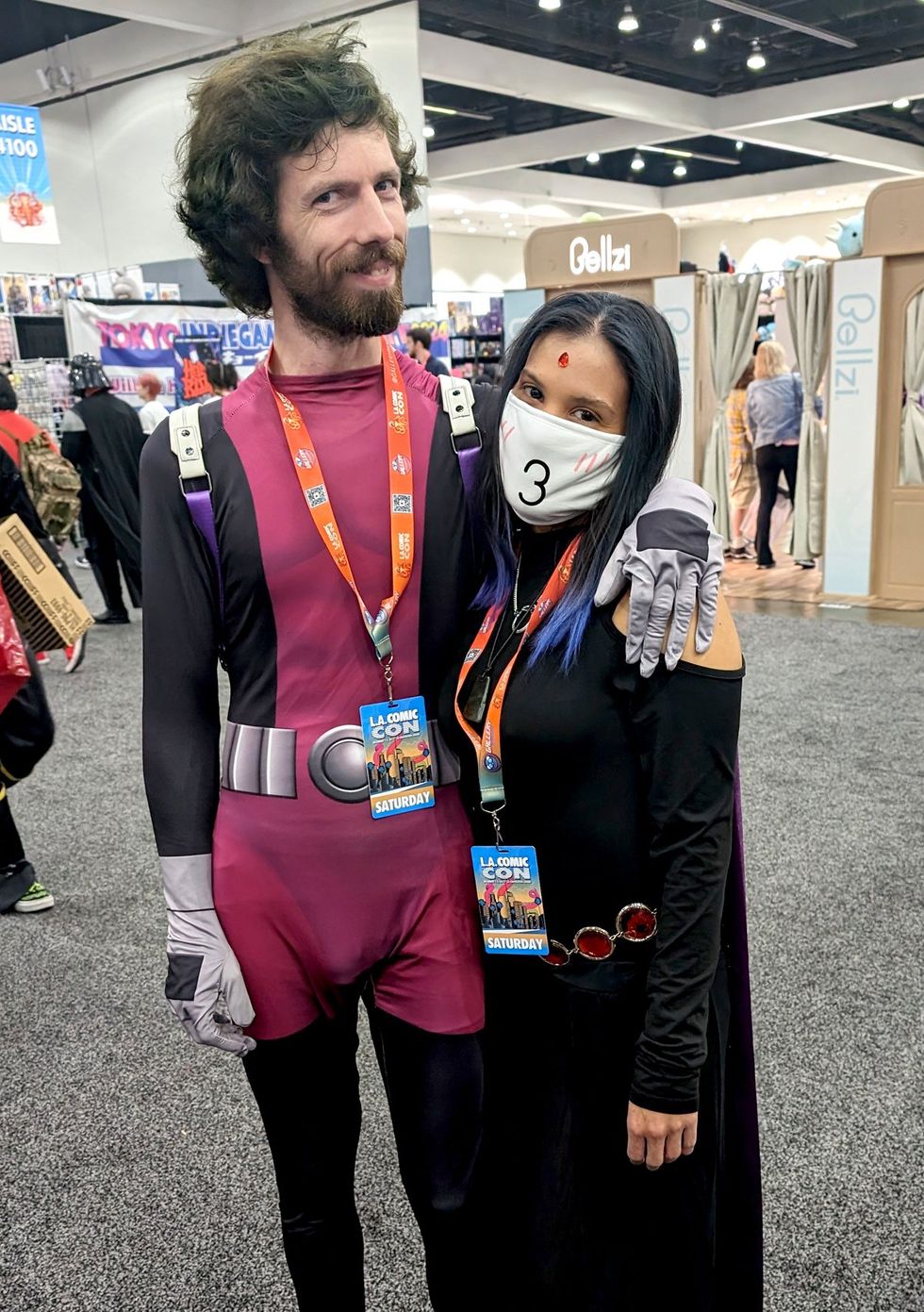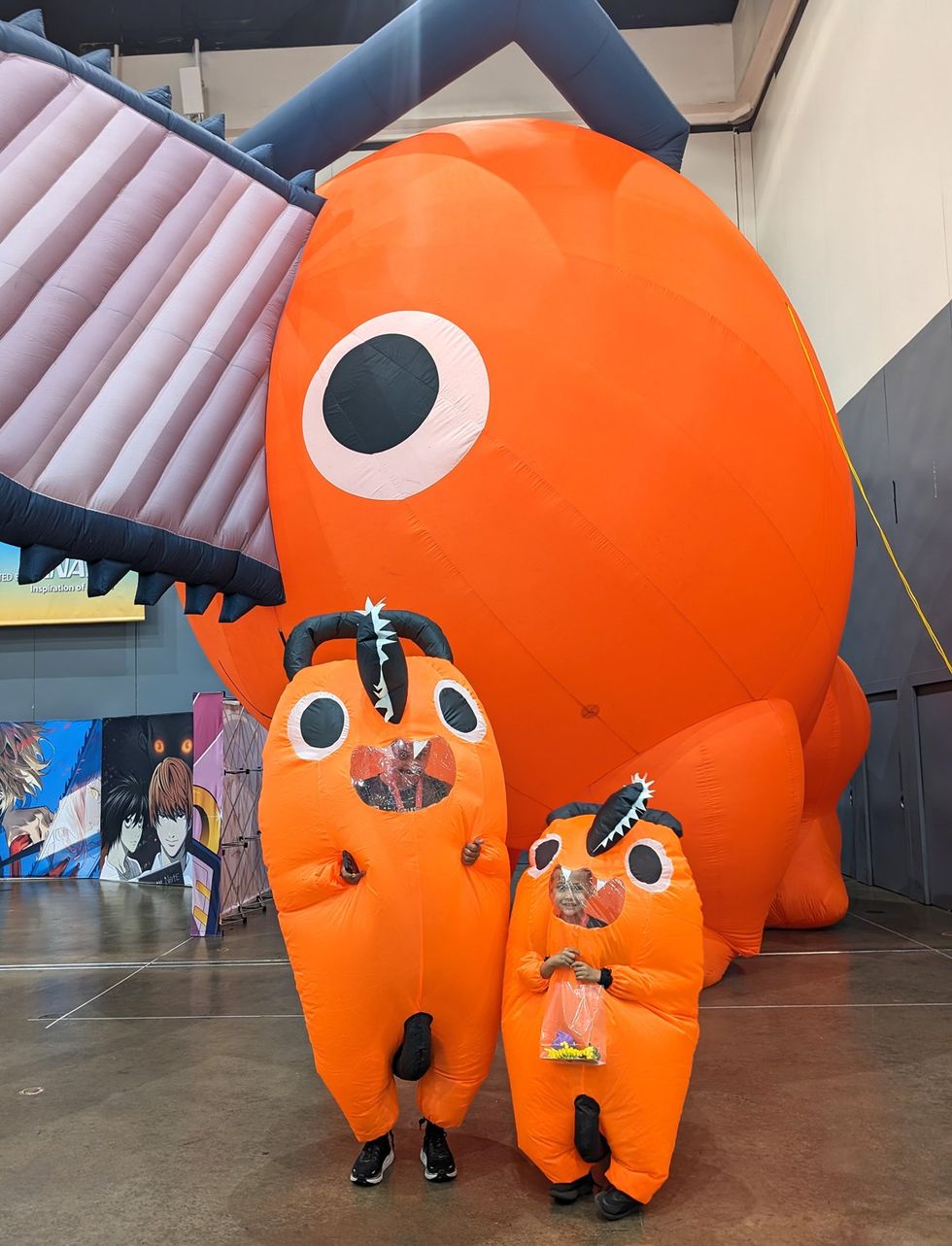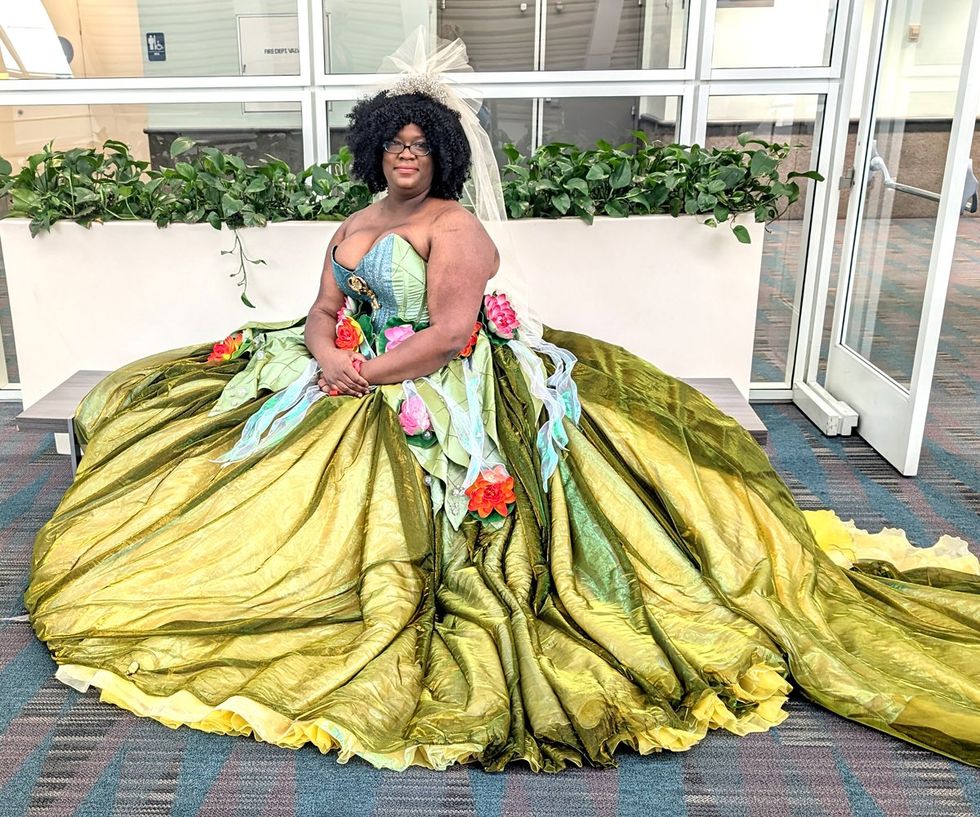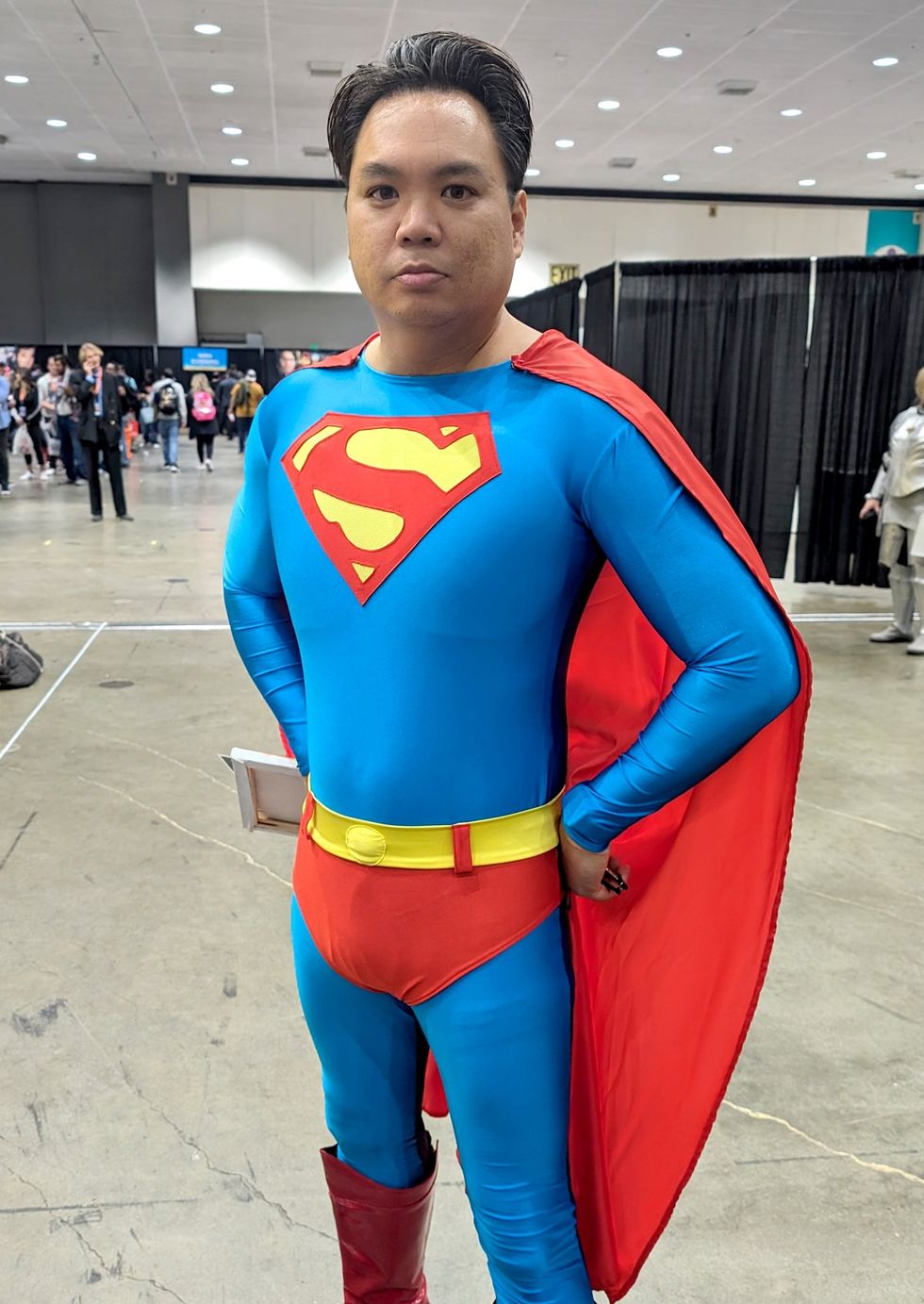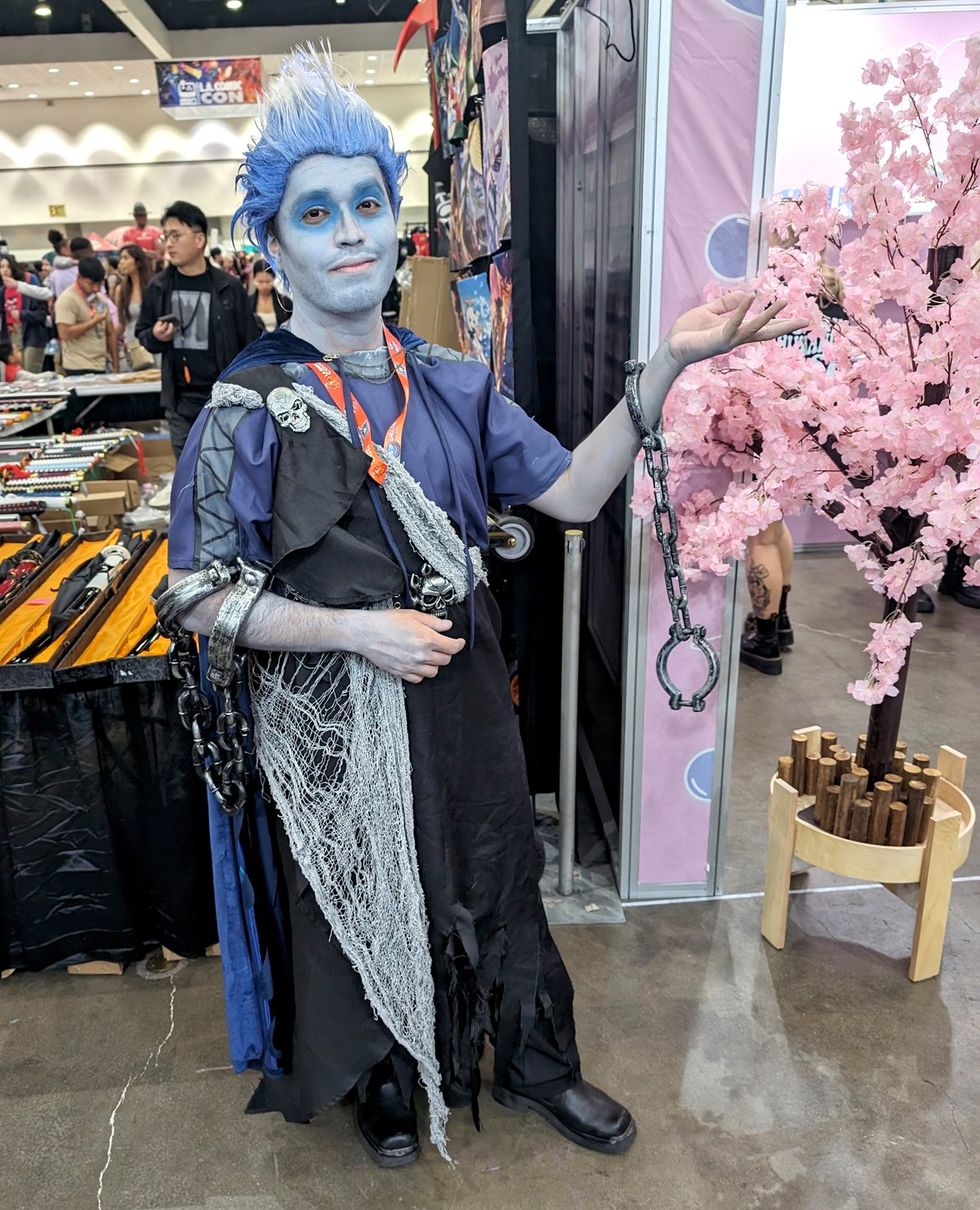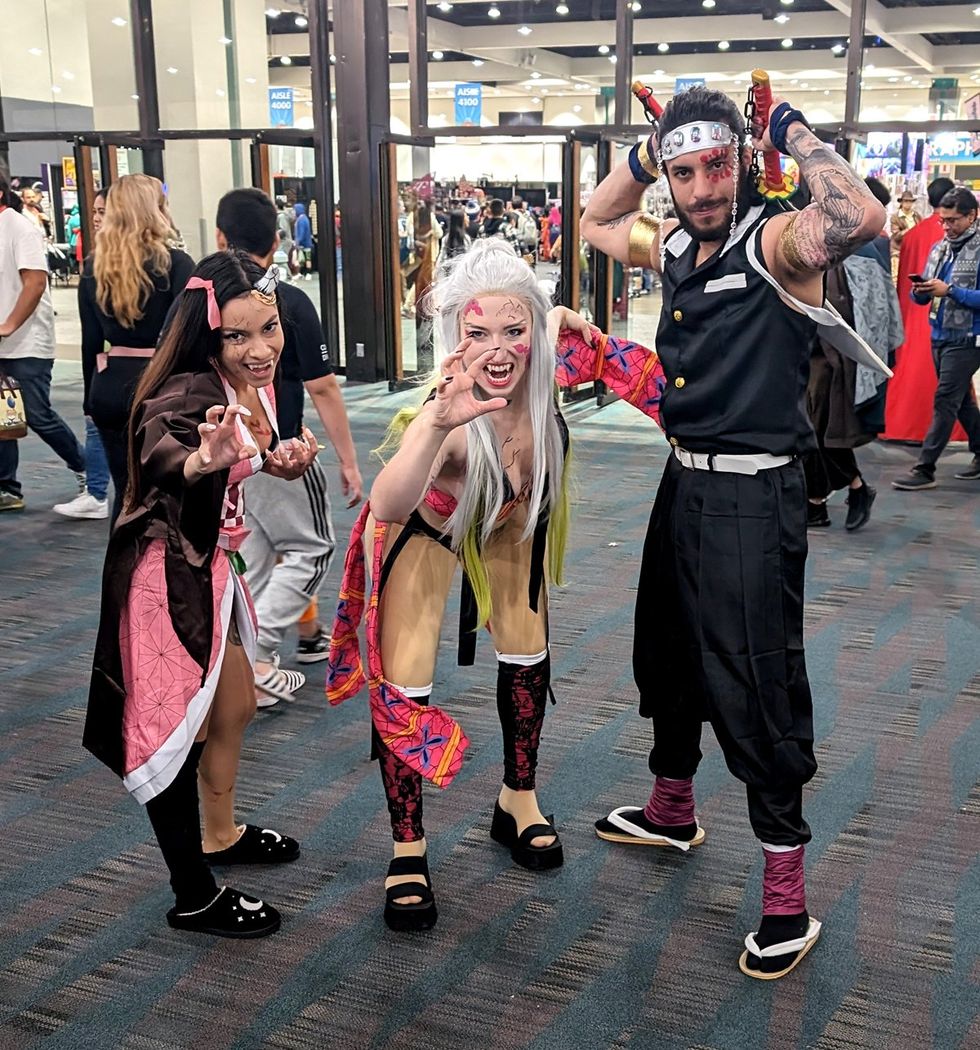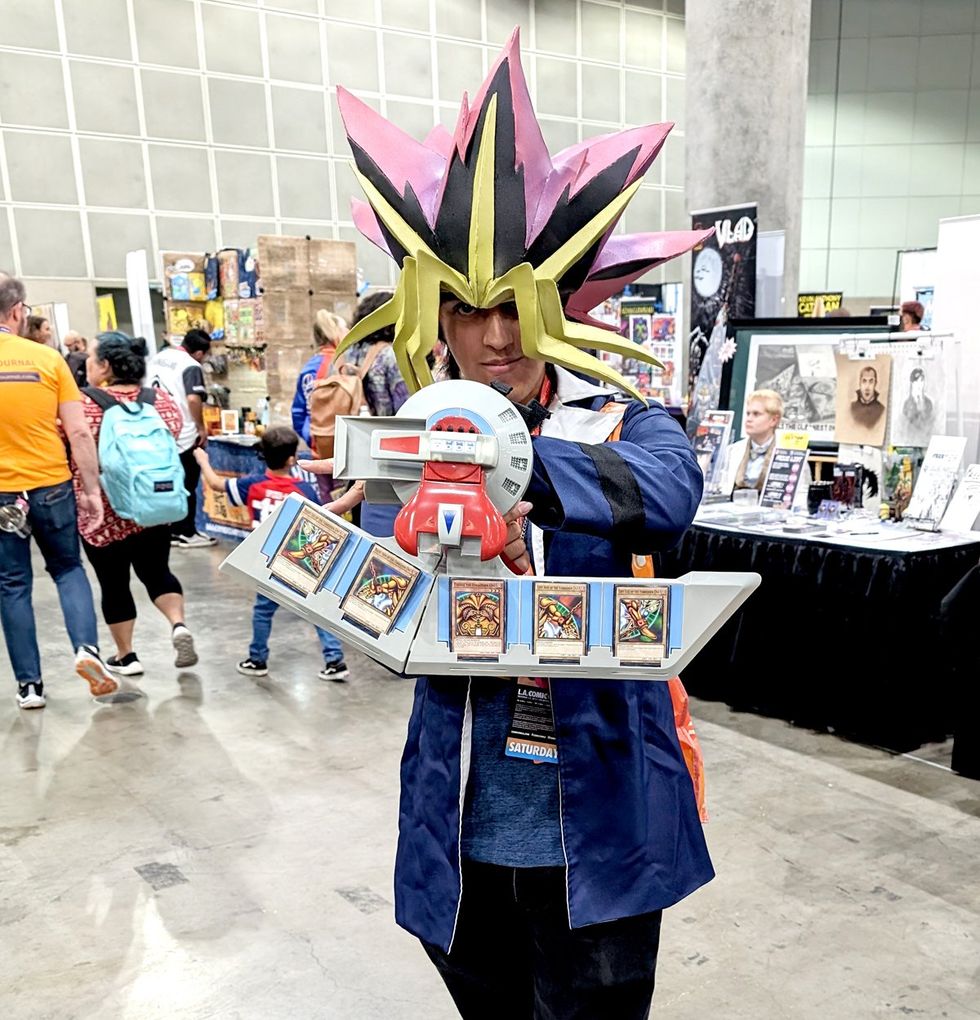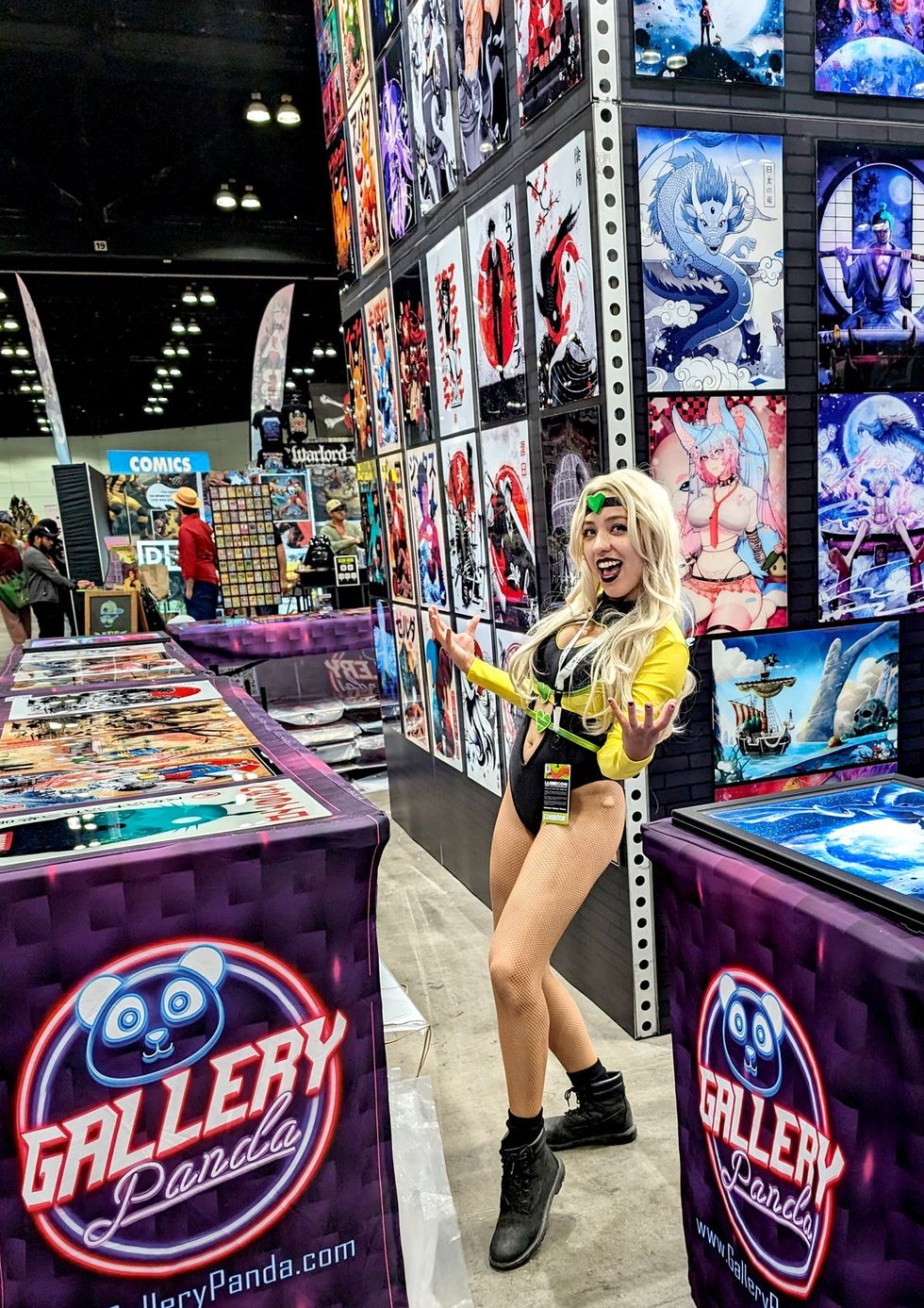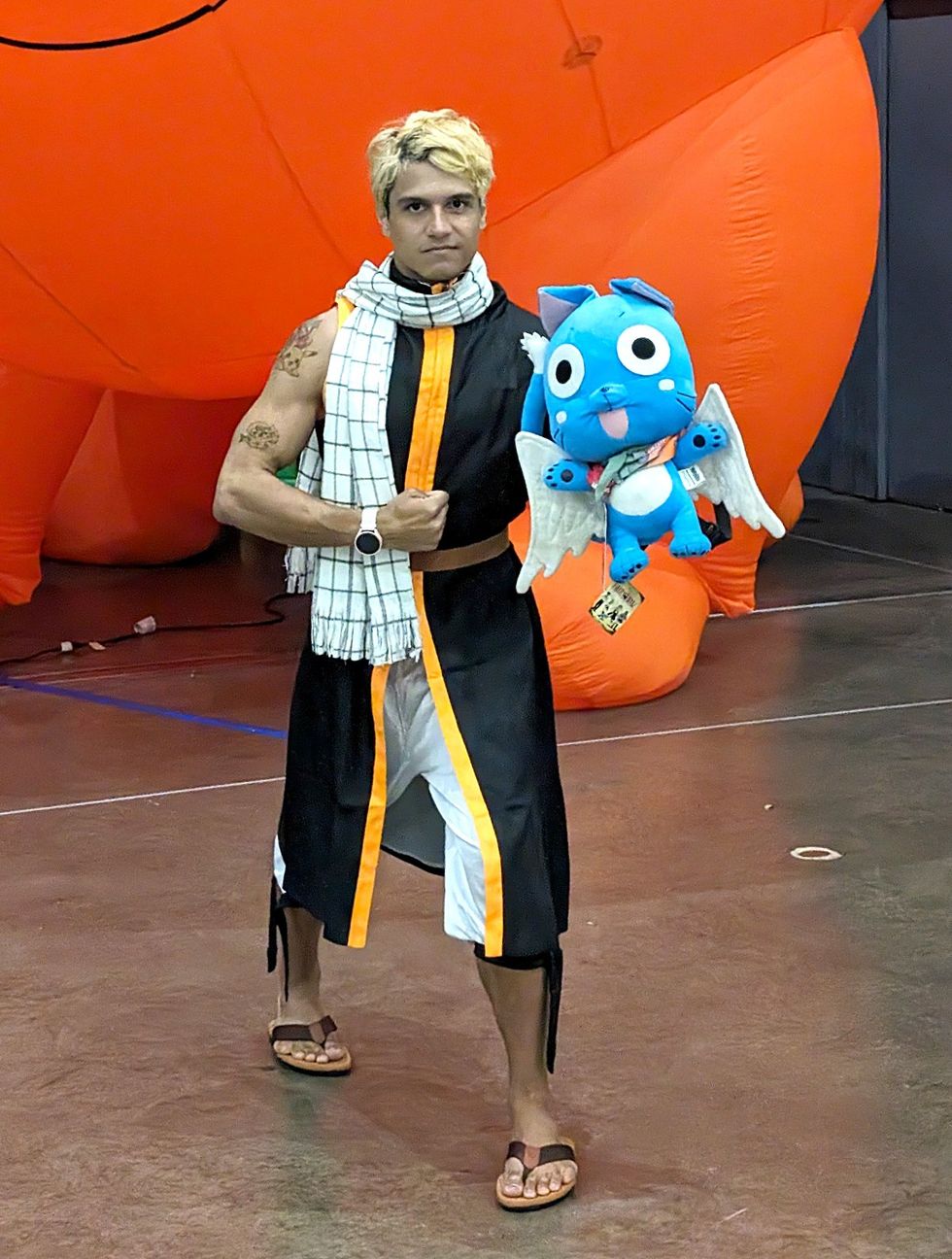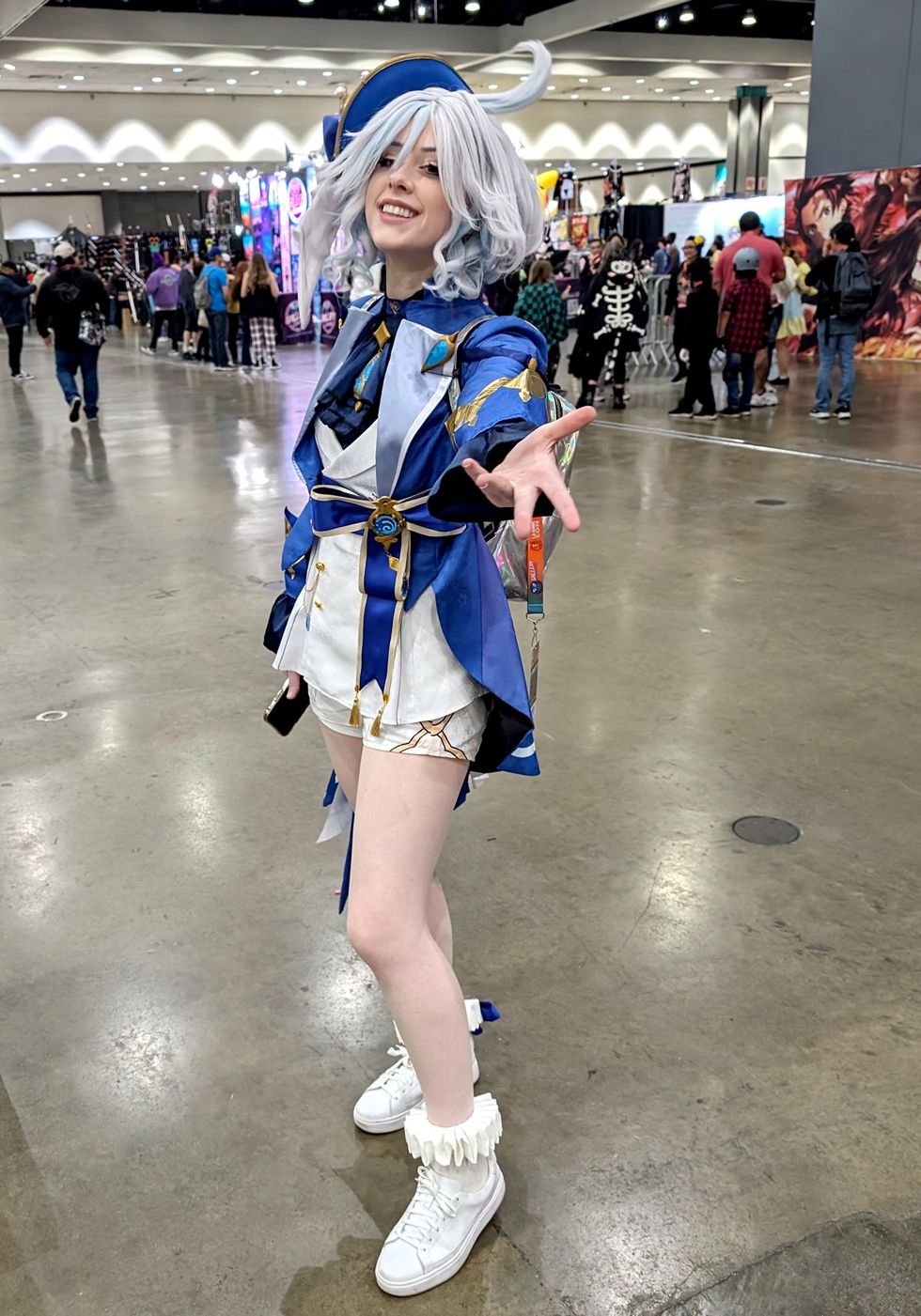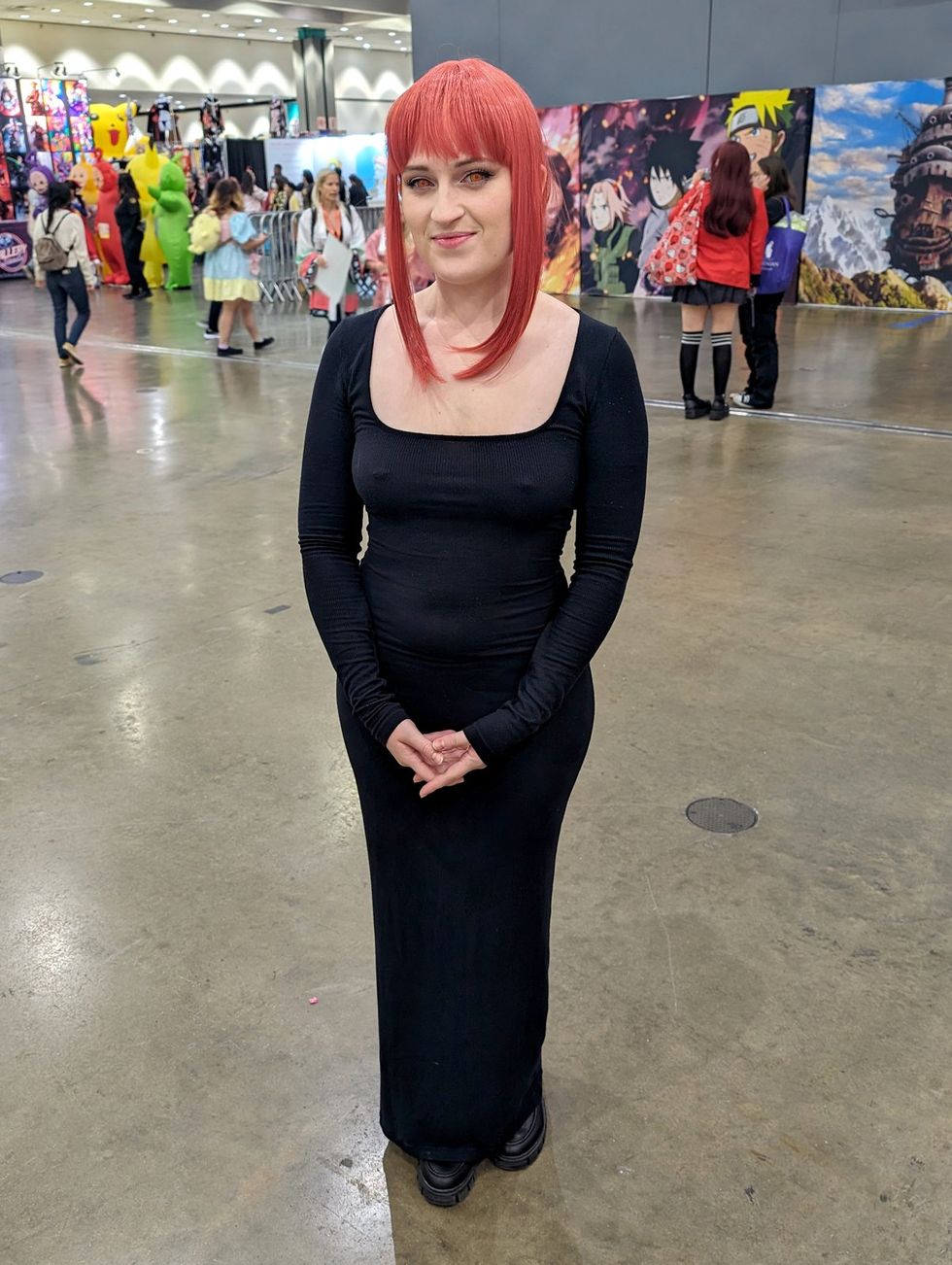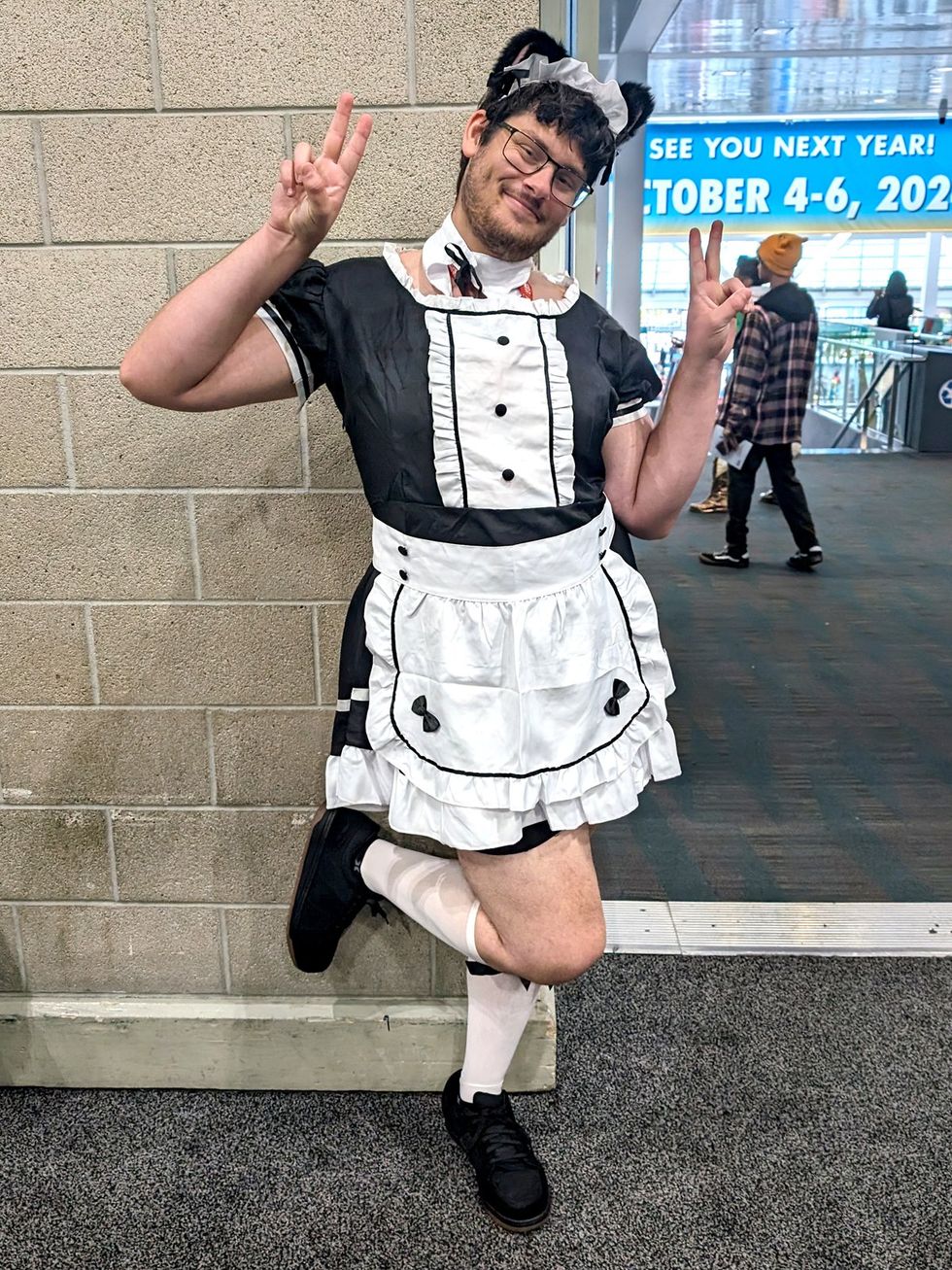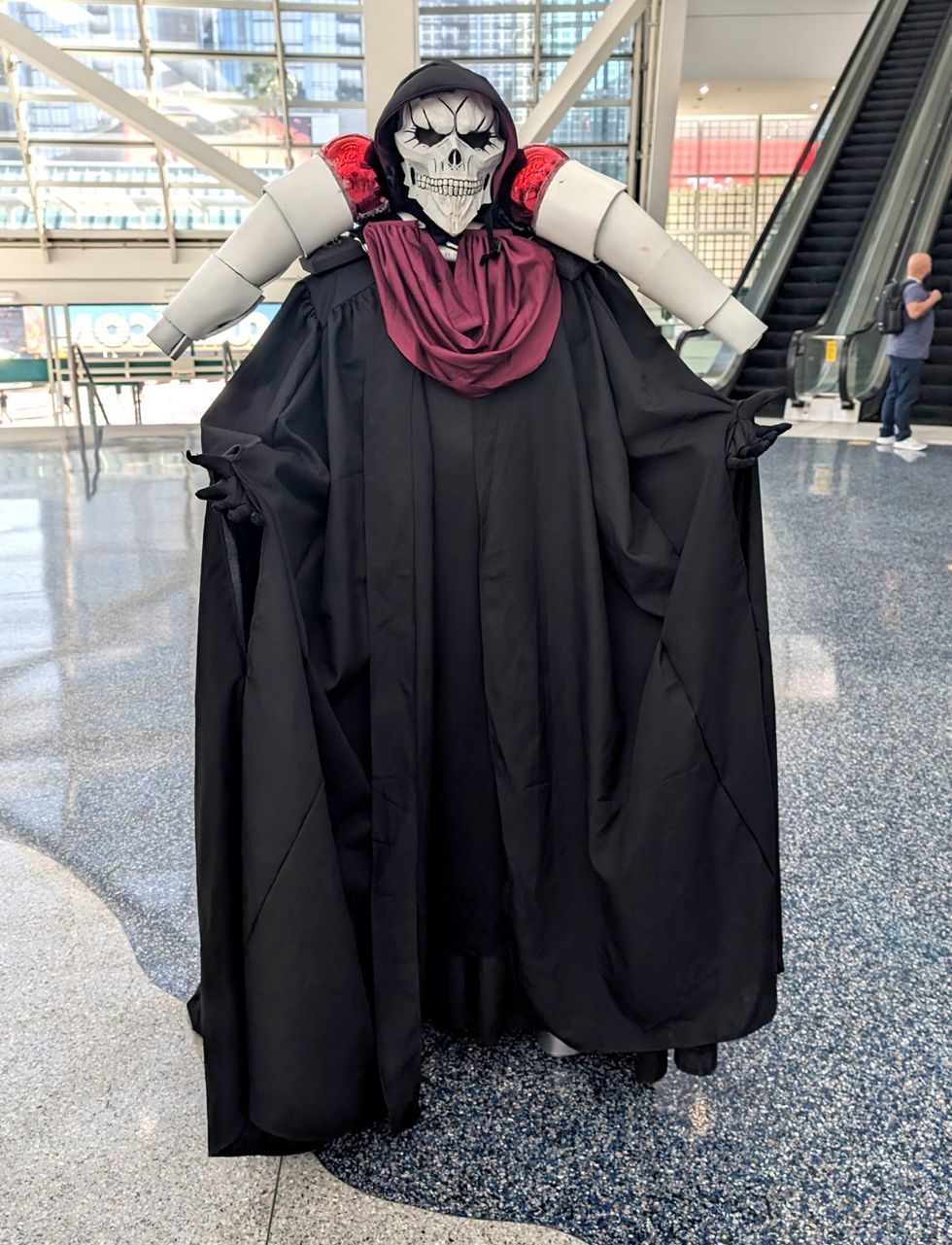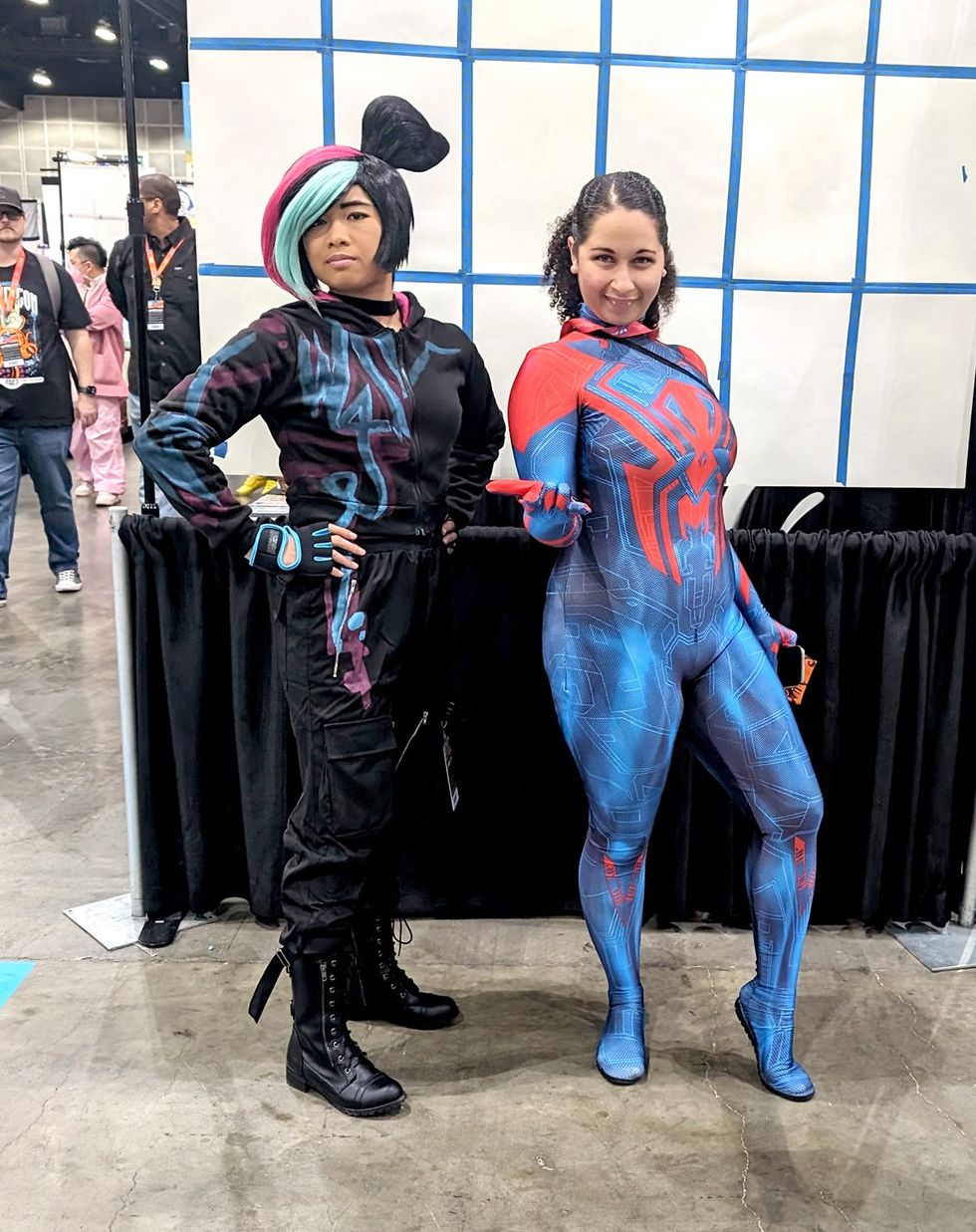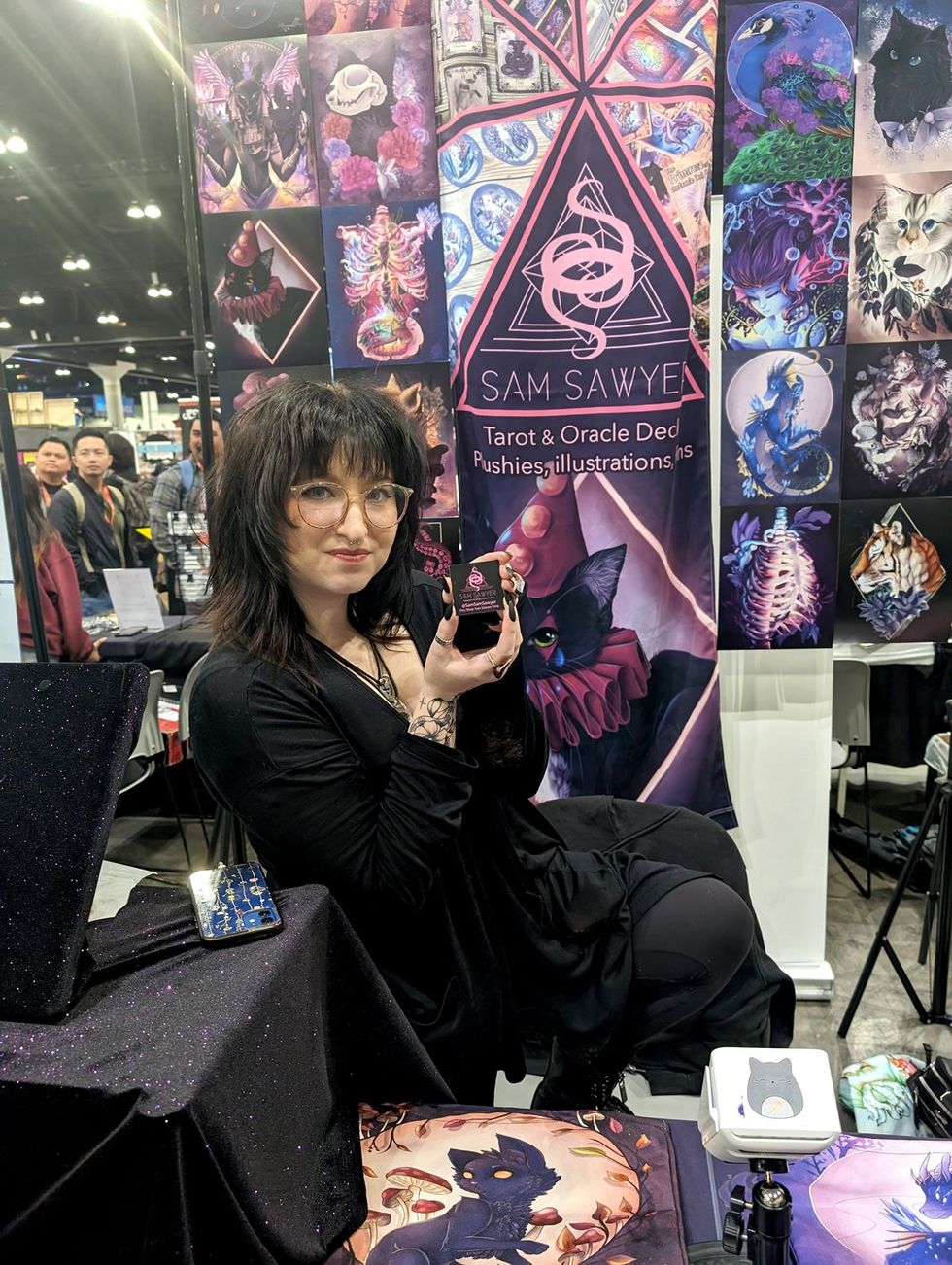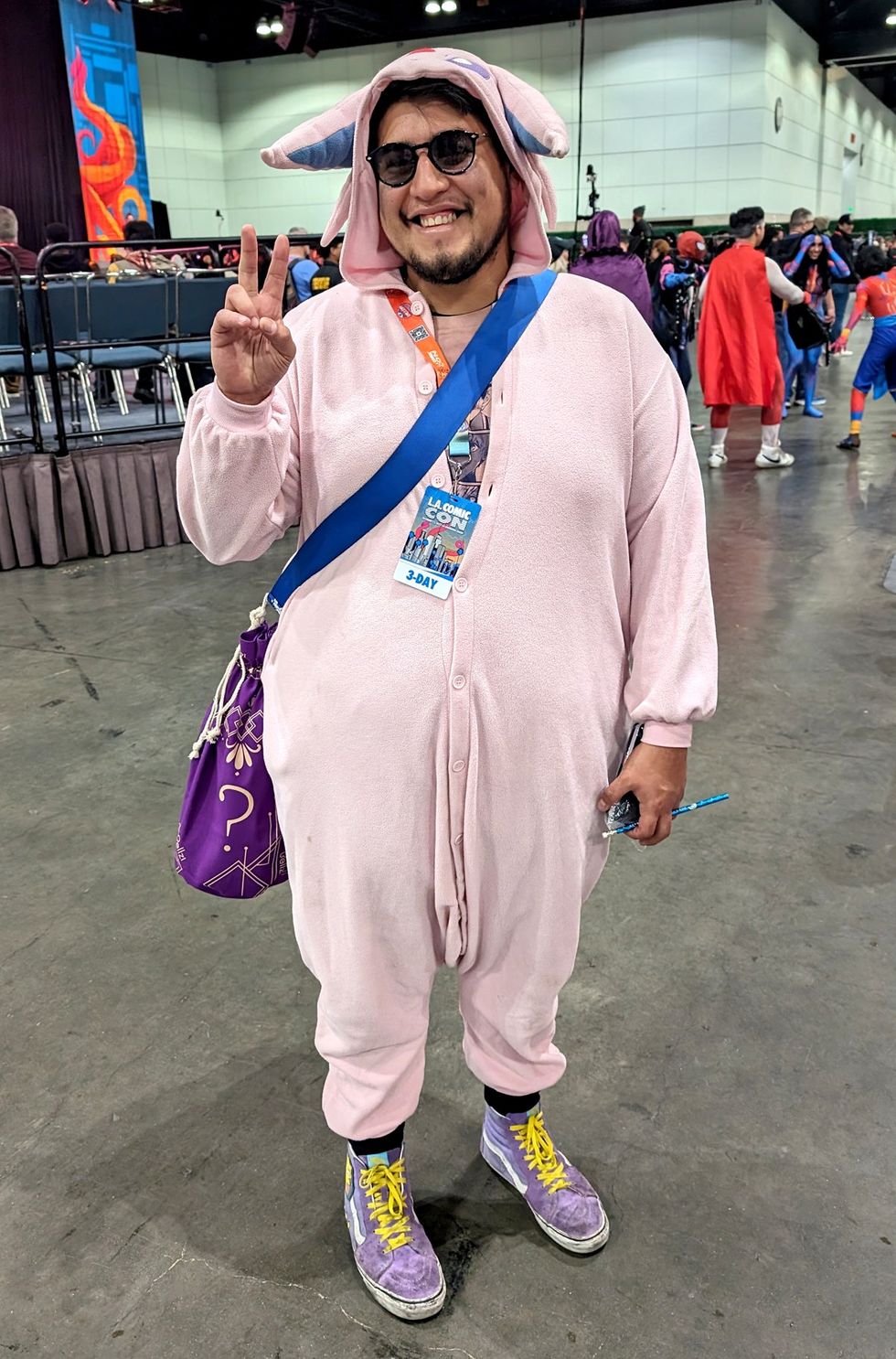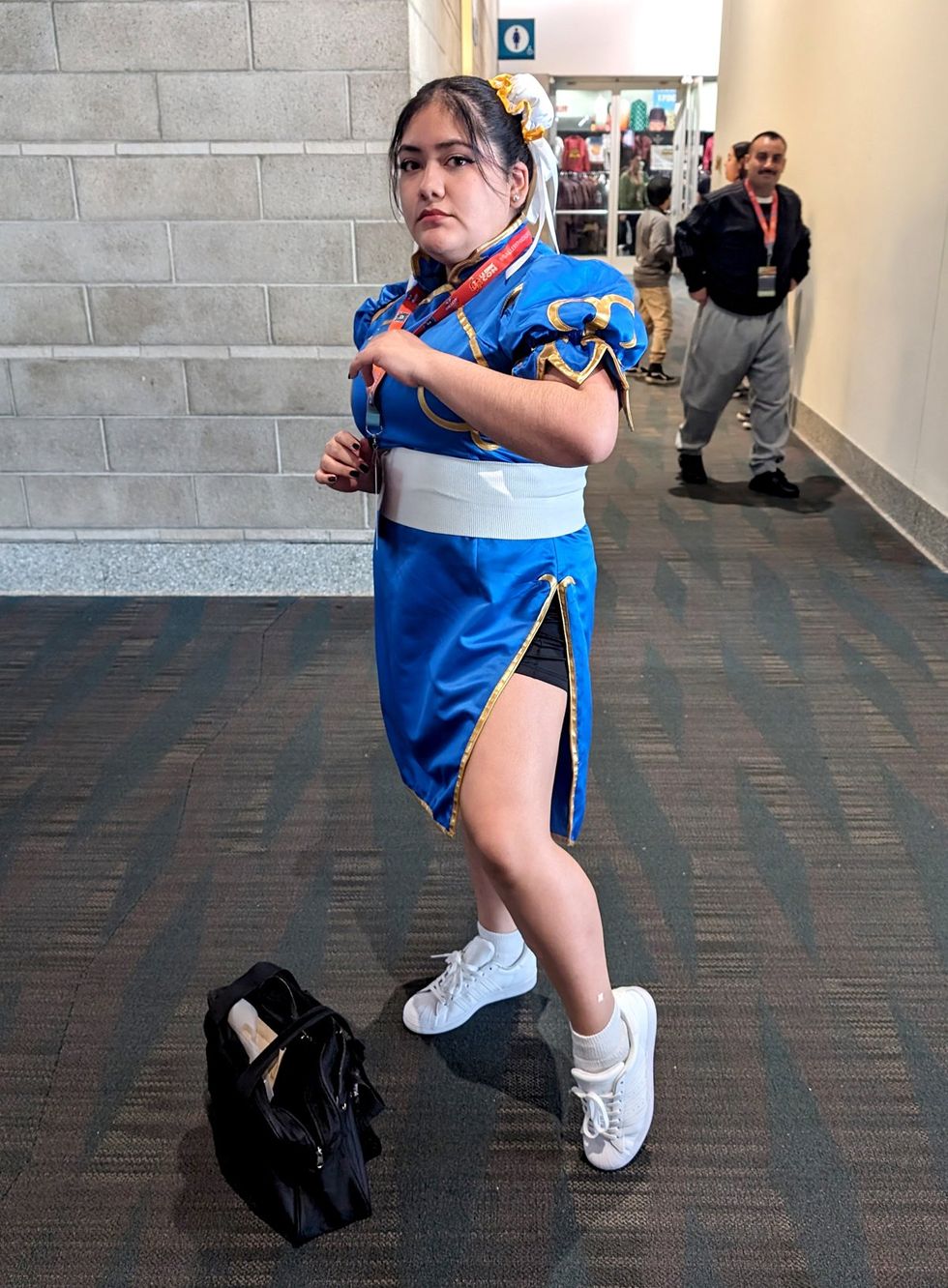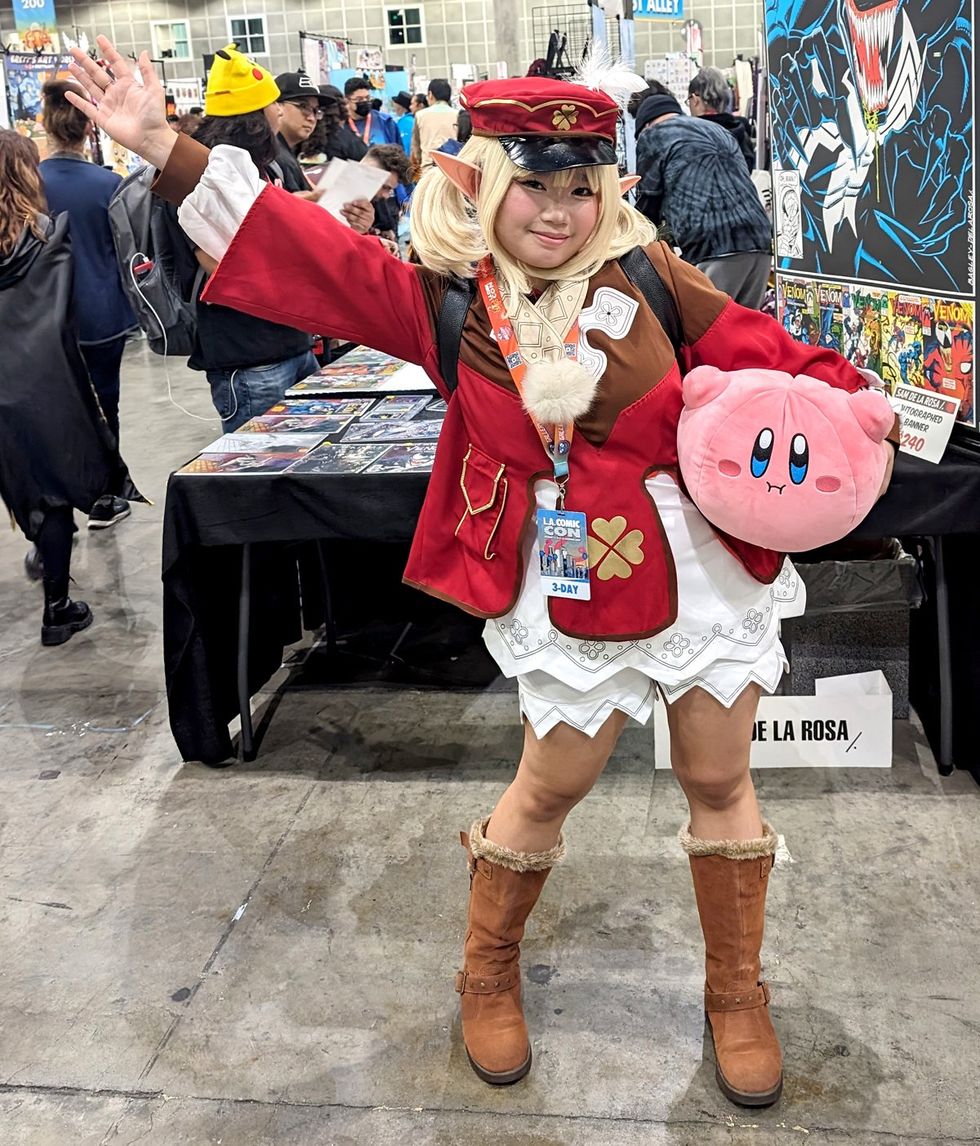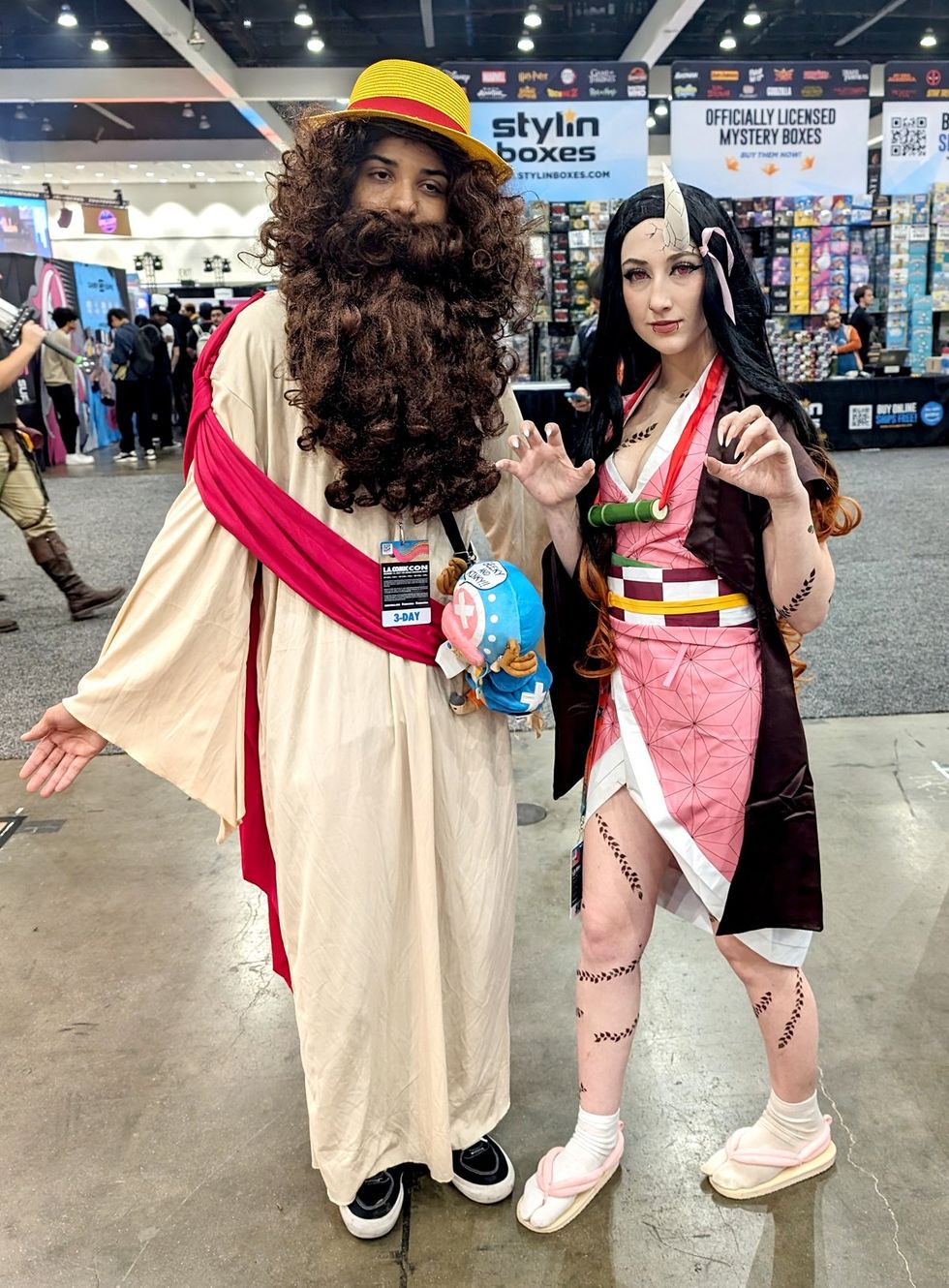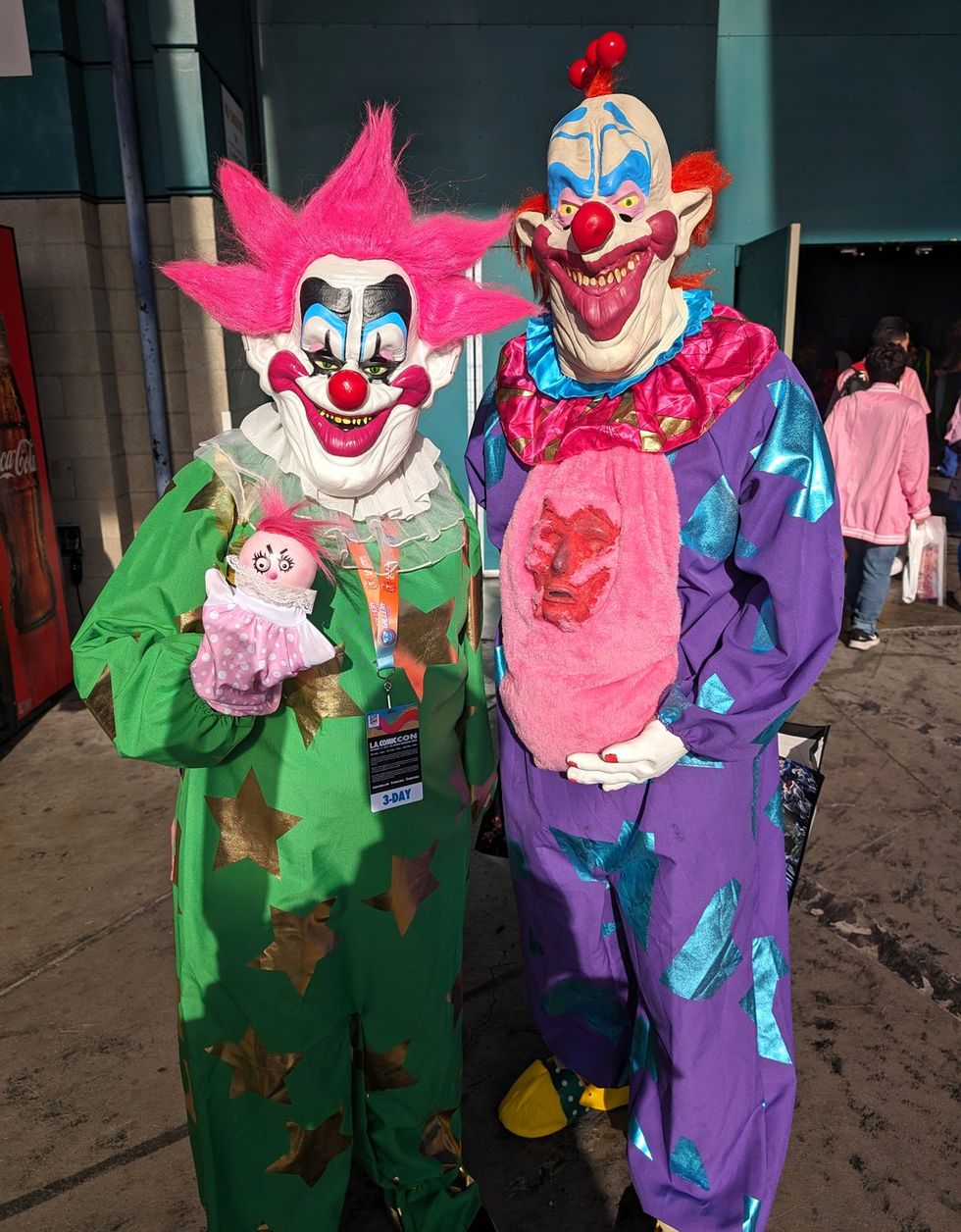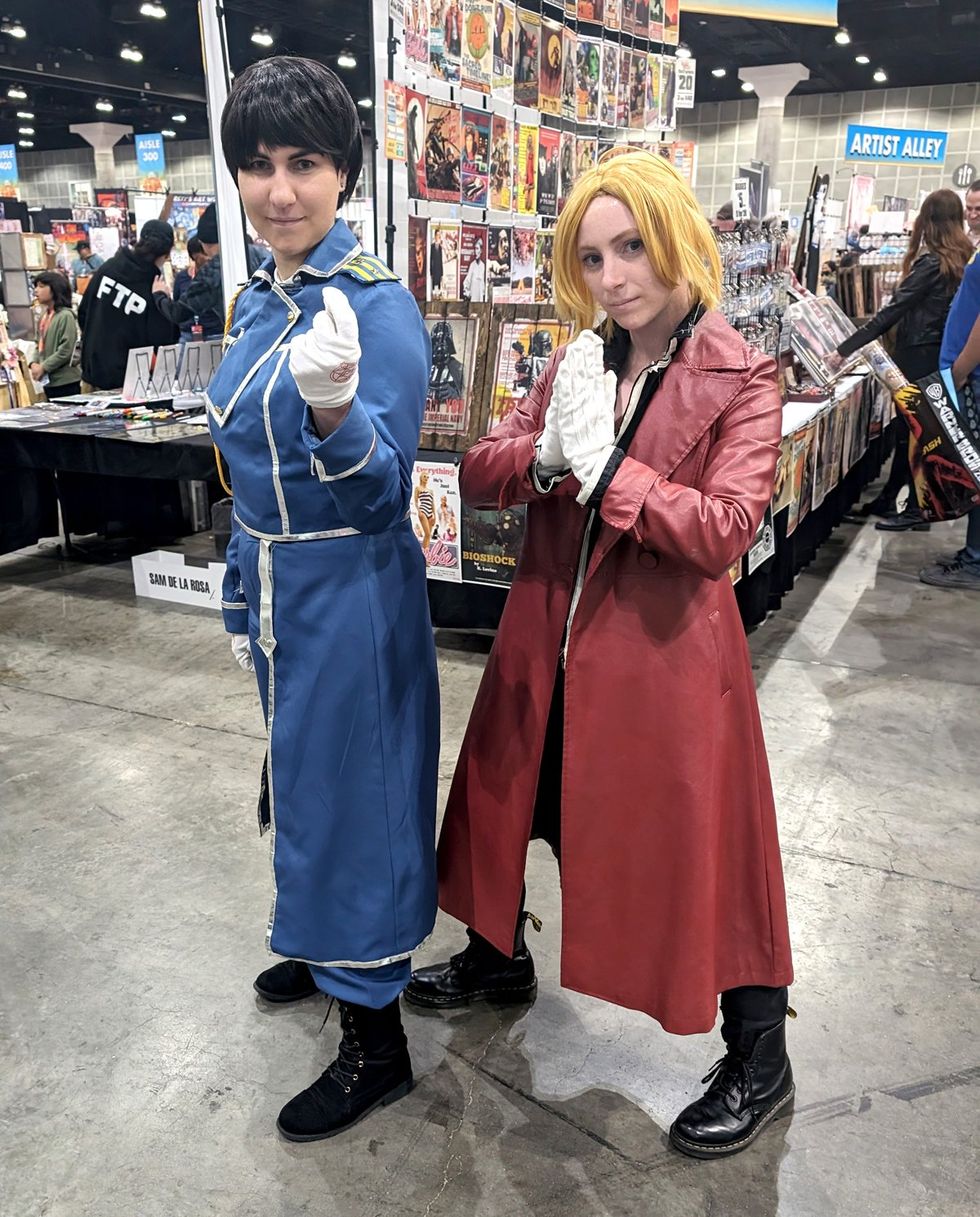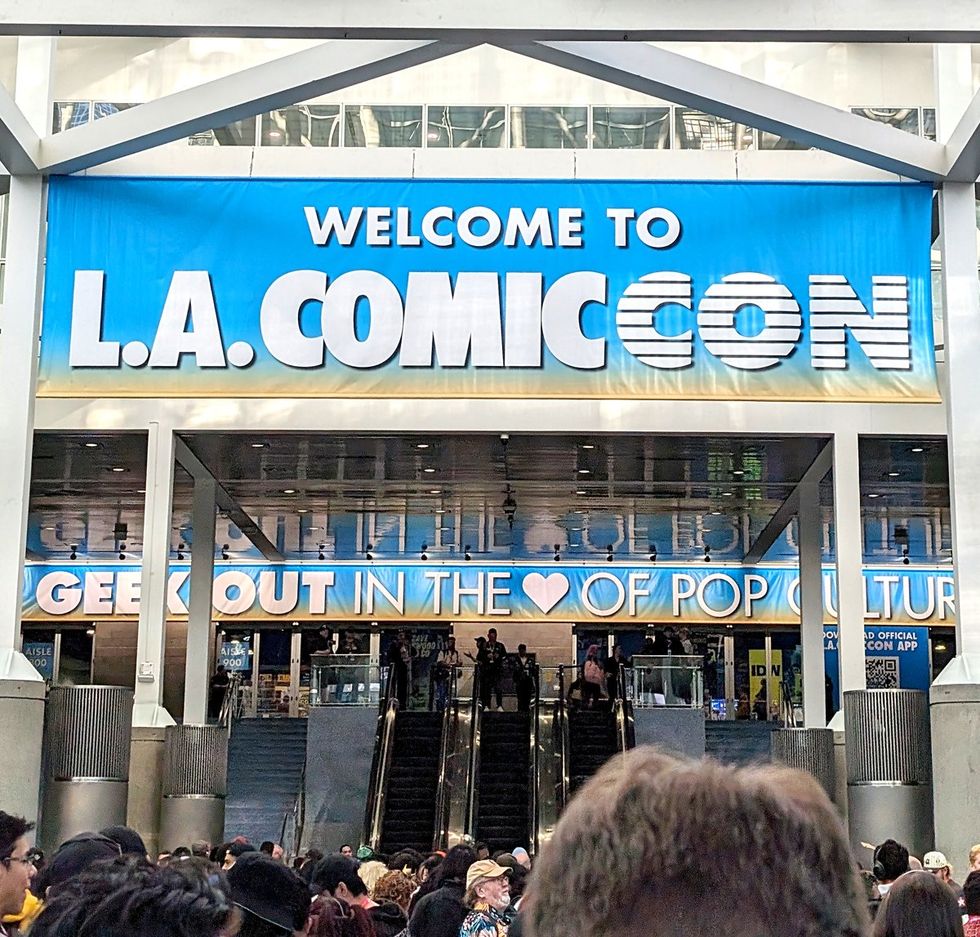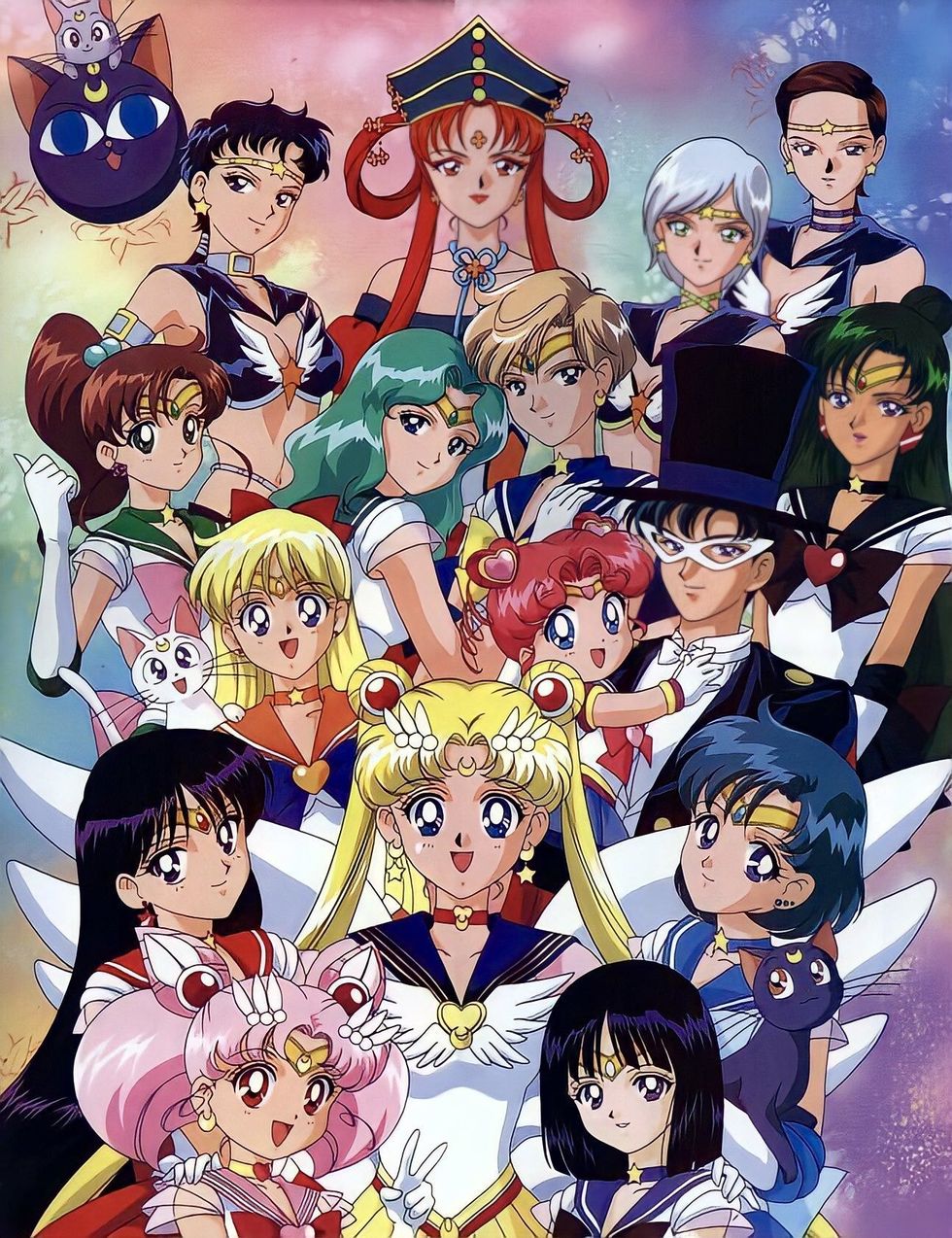Shonen manga, typical written with a target audience of males age 12 - 18, historically have had very little LGBTQ+. In recent years this trend has begun to shift, larger and more notable series have showcased LGBTQ+ stories and identities. These narratives have influenced the landscape of mainstream media, from East to West, promoting acceptance and understanding.
Pokémon is the largest media franchise of all time with a net worth exceeding $100 Billion. The iconic series has been and continues to be revolutionary, especially in regards to representation. In recent years Pokémon Go went out of their way to ensure Team Mystic Leader Blanche is explicitly nonbinary. Localization teams made an effort to refer to them in gender neutral terms even within gendered languages such as German.

Courtesy of Niantic
This, while groundbreaking, is not the first time Pokémon has been a trailblazer in regards to representation. Since 1997 Jesse and James of Team Rocket have been loud and proud. They have long been interpreted by fans as having fluid gender expressions due to their playful subversion of gender norms. Often cross-dressing and campy, they have provided a subtle yet important acknowledgment of the LGBTQ+ community. Jesse and James have been and continue to be the first examples of gender fluidity and non-conformity youth are allowed to experience. They offer a sense of representation in a widely popular franchise.
Though in line with typical media portrayal of the time of queer coded characters in villainous roles, Jesse and James stood out from the crowd. Though often used for comic relief they have complex well written backstories which portray them as sympathetic outcasts. Furthermore they exemplify camaraderie and friendship. This further cemented them as queer icons as a rare example of chosen family, a revolutionary portrayal for the time. Lastly they were never truly depicted as evil. These queer coded villains frequently found themselves switching sides, even if for petty reasons, and aligning with our protagonists. After over 25 years and over 1000 episodes and 20-plus movies it is bittersweet to see the story of these icons close.

Courtesy of Viz Media
Moving forward, Princess Jellyfish introduced audiences to a rich tapestry of LGBTQ+ characters. Though it is a Josei, which is targeted at adult women, it stands out from the crowd due to its truly one of a kind depiction of gender expression. Released in 2010, the series focused on Kuranosuke Koibuchi, a gender non-conforming individual who challenged traditional gender norms through drag. The series juggles humor and social commentary with a heartfelt exploration of identity and acceptance. Kuranosuke's character has been particularly significant in highlighting the fluidity of gender and the importance of self-expression.
"RobiHachi", an original animation which targeted the same audience as shonen series with its comical science fiction approach to storytelling, further expanded LGBTQ+ representation. Robby Yarge’s fluid sexuality is presented without fanfare or sensationalism. His relationship with Hacchi Kita is depicted with warmth and authenticity naturally progressing through the series. Their relationship evolved from transactional and antagonistic to a warm, organically blossoming romance. "RobiHachi'' integrated LGBTQ+ characters into mainstream narratives in a natural and respectful manner. A necessary broadening of the scope of representation in anime.

Courtesy of Funimation
Furthering mainstream inclusion of LGBTQ+ representation in anime, the Gundam series made waves in 2022. Strong lesbian representation in Mobile Suit Gundam: The Witch from Mercury marked another significant milestone, further standing out due to a realistic and wholesome depiction of a lesbian relationship for a male audience. An approach that made intentional efforts to avoid sexualization of the relationship.The series introduced Suletta Mercury and Miorine Rembran as the central relationship, a same-sex relationship portrayed with depth and sincerity. This would be revolutionary in any shonen, however in an influential franchise like Gundam its impact is magnified. The series normalized lesbian relationships, providing a much-needed narrative of love and partnership that deviates from traditional heterosexual norms.
While all of these series are iconically revolutionary, it is undeniable that Boku no Hero Academia, known as My Hero Academia or MHA in the west, has been the most outspoken in its portrayal of queer characters since 2010. MHA is notable for its compelling portrayal of the League of Villains, a group of sympathetic antagonists. Much like Jesse and James, The League of Villains function as a chosen family. Himiko Toga and Magna are treated as outcasts from society due to the way their unique quirks influence identities. They find solace and understanding together within the League.

Courtesy of Crunchyroll
Magna, a transgender villain, further broadened the spectrum of LGBTQ+ representation within the series. All members of League of Villains are given incredible depth, redemption arcs, and compelling origin stories. These elements explore the harsh circumstances and societal rejection, particularly prevalent in LGBTQ+ experiences, that forced these characters together. In a rare exception the antagonists more so than the heroes are used to depict the struggles of the human experience. Fostering empathy and challenging viewers to reconsider the concept of villainy, MHA emphasizes the need for acceptance and support.
Himiko Toga stands as the most notable and important example of this representation. Much like Jesse and James, Toga is a sympathetic antagonist. Ostracized by society due to her powers and nature, all Toga craves is love and acceptance. This is exemplified during the war arc when Toga’s assault fails to trigger Deku’s danger sense quirk due to her lack of malice and hate. She is entirely driven by love. Her pansexuality is integral to her character development and central to the closing of her arc. Toga has been one of the most popular villains in anime since her introduction largely because of her authenticity, genuine nature, and relatable struggles.

Courtesy of Crunchyroll
In a dramatic and emotional climax, Himiko Toga sacrifices herself for love, saving Ochaco Uraraka. Toga handily defeated Ochaco following a grief driven rampage triggered by the death of her best friend, Twice. Despite this victory her deep and true love for Deku and Ocacho allow Ochaco’s words to reach her. Ultimately Toga uses her ability to transform into Ochacho and give her a blood transfusion saving Ochaco at the cost of her own life. Once Toga receives the love and acceptance she craved, she closed her arc with the ultimate sacrifice and redeeming herself from her villainous actions. Her acts of love and sacrifice emphasize the depth of her character and underscore the importance of nuanced representation of LGBTQ+ characters in mainstream narratives. Toga's story serves as an important starting point for conversations about queer identities among fans while fostering a more accepting and informed community.
Representation is not limited to the antagonists. Tiger Lily, a trans man and pro hero and member of the Wild Wild Pussycats, serves as a mentor, leader, and key guiding force during a foundational arc. They continue to appear in supporting roles through the remainder of the series showing a commitment to representation on all fronts.

Courtesy of Crunchyroll
My Hero Academia will conclude its manga run on August 5, 2024. It will leave behind a legacy of significant contributions to LGBTQ+ representation. Its commitment to diversity in LGBT+ inclusion, positive nuanced portrayal, and relatable humanizing story arcs will stand as a shinning example for years to come. Rich queer experiences, notably pansexual and trans storylines, builds on a growing legacy while taking it to new heights.
From Pokémon" and Princess Jellyfish to RobiHachi' and Mobile Suit Gundam: The Witch from Mercury, My Hero Academia serves as the beginning of a new generation of inclusive manga and anime. A generation representative of an evermore queer community. The visibility and validation for LGBTQ+ individuals sets a precedent for future character development in mainstream media beyond just anime as well. Enriching the narrative landscape, fostering a more accepting and understanding fan community, and highlighting the powerful role of media in shaping social perceptions and promoting diversity.

Courtesy of Crunchyroll
MHA’s conclusion marks the end of an era, but its impact will continue to make waves. Look out for continued building of this world and elaboration of familiar faces in the spin off series, Vigilantes.

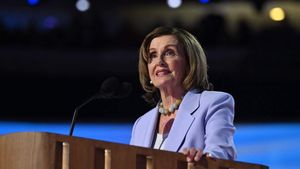







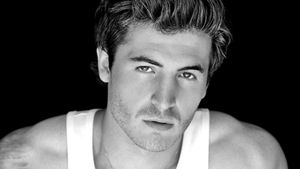
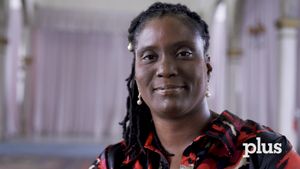
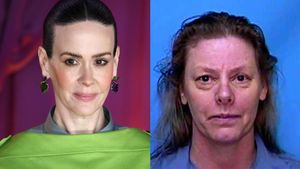

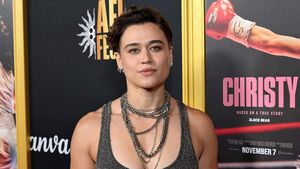
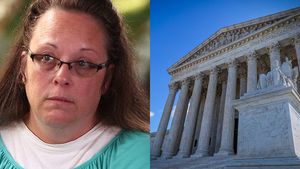










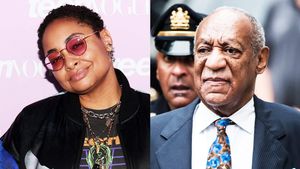










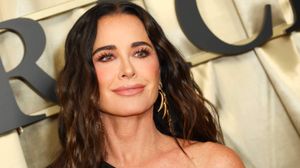


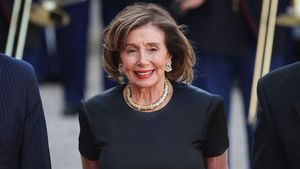










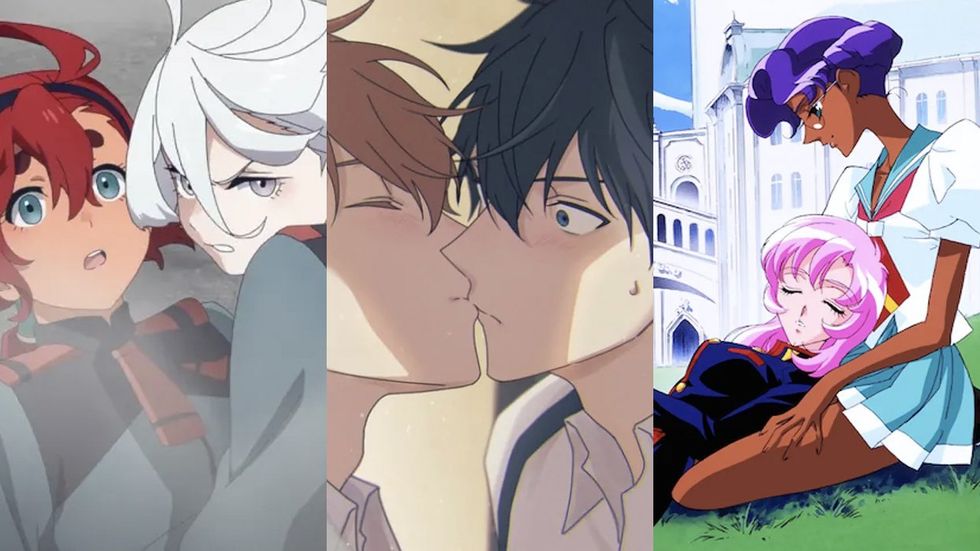
 Courtesy of Crunchyroll
Courtesy of Crunchyroll 